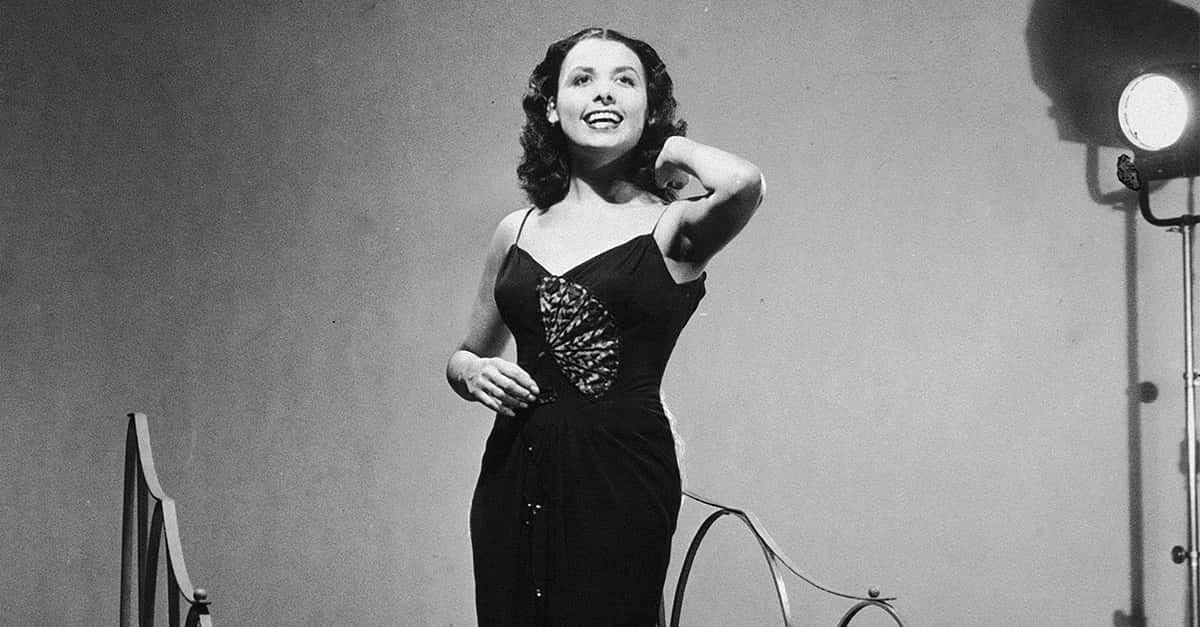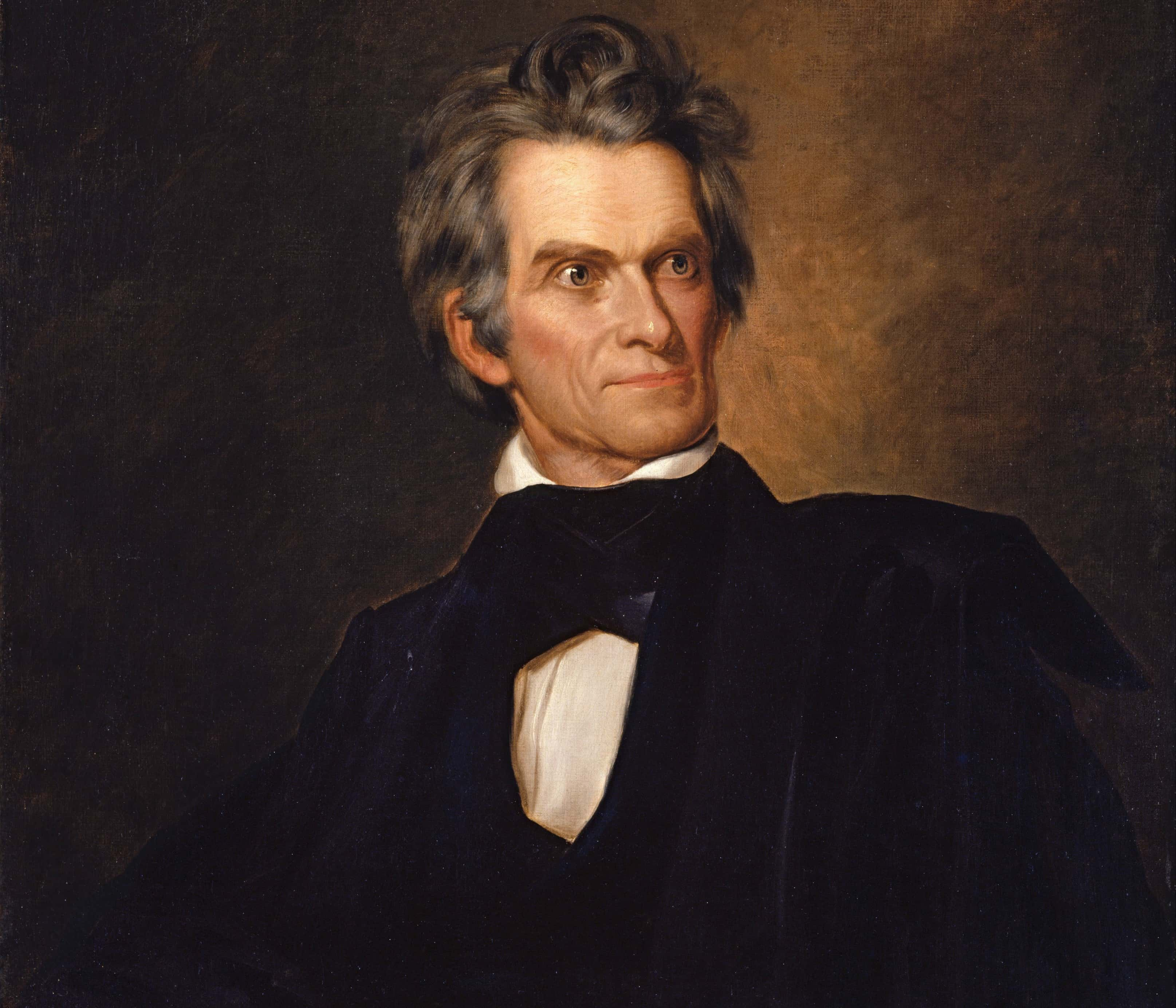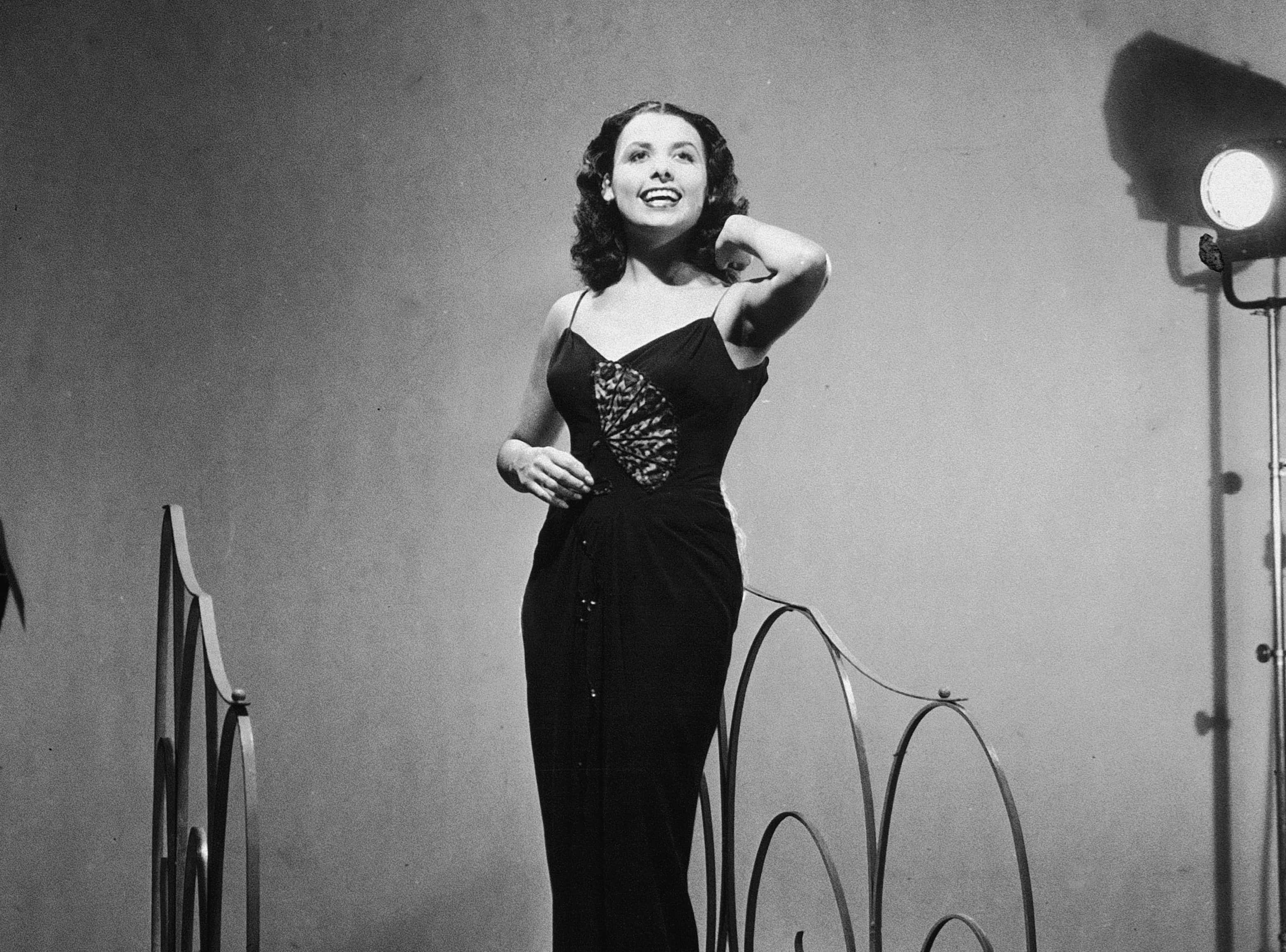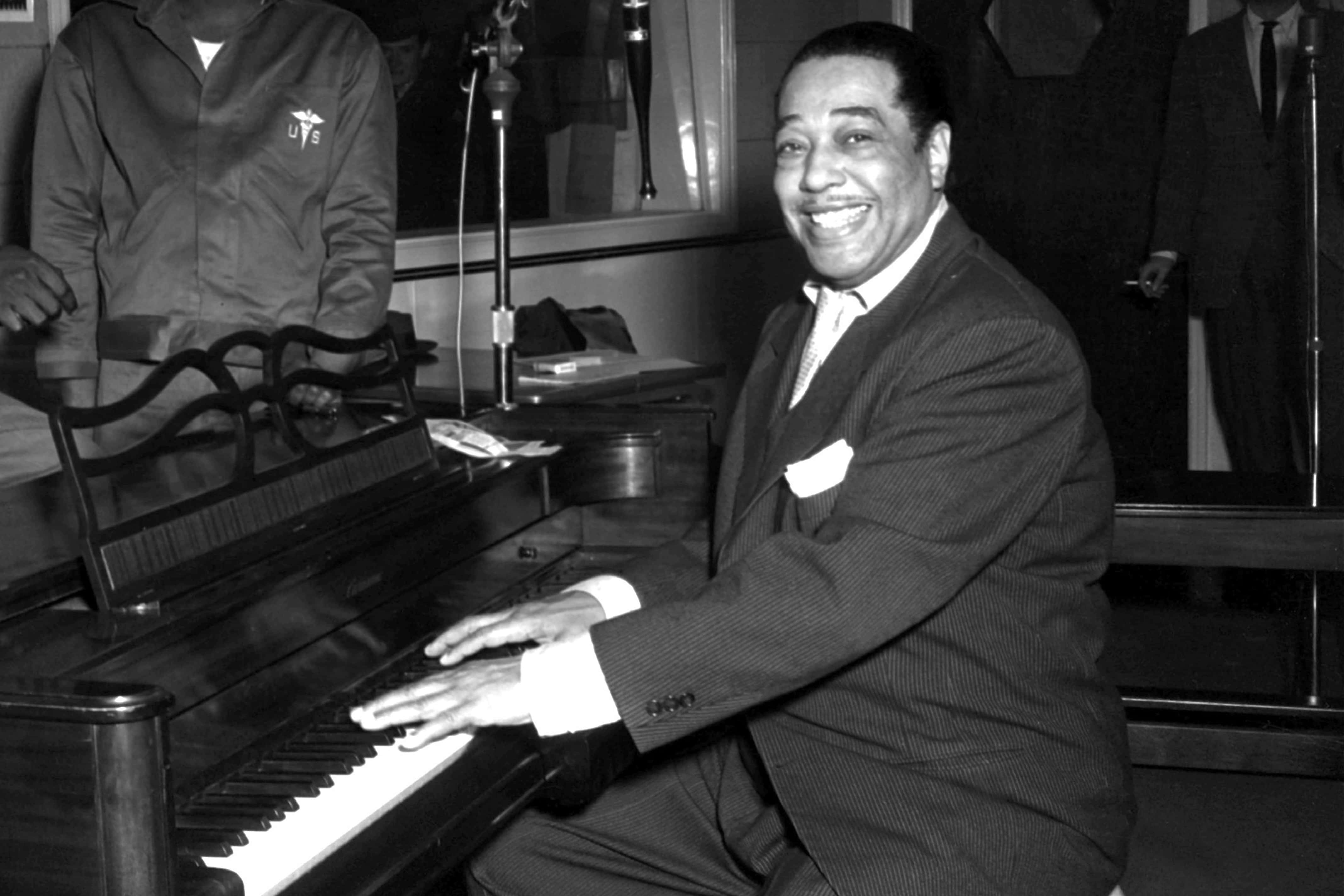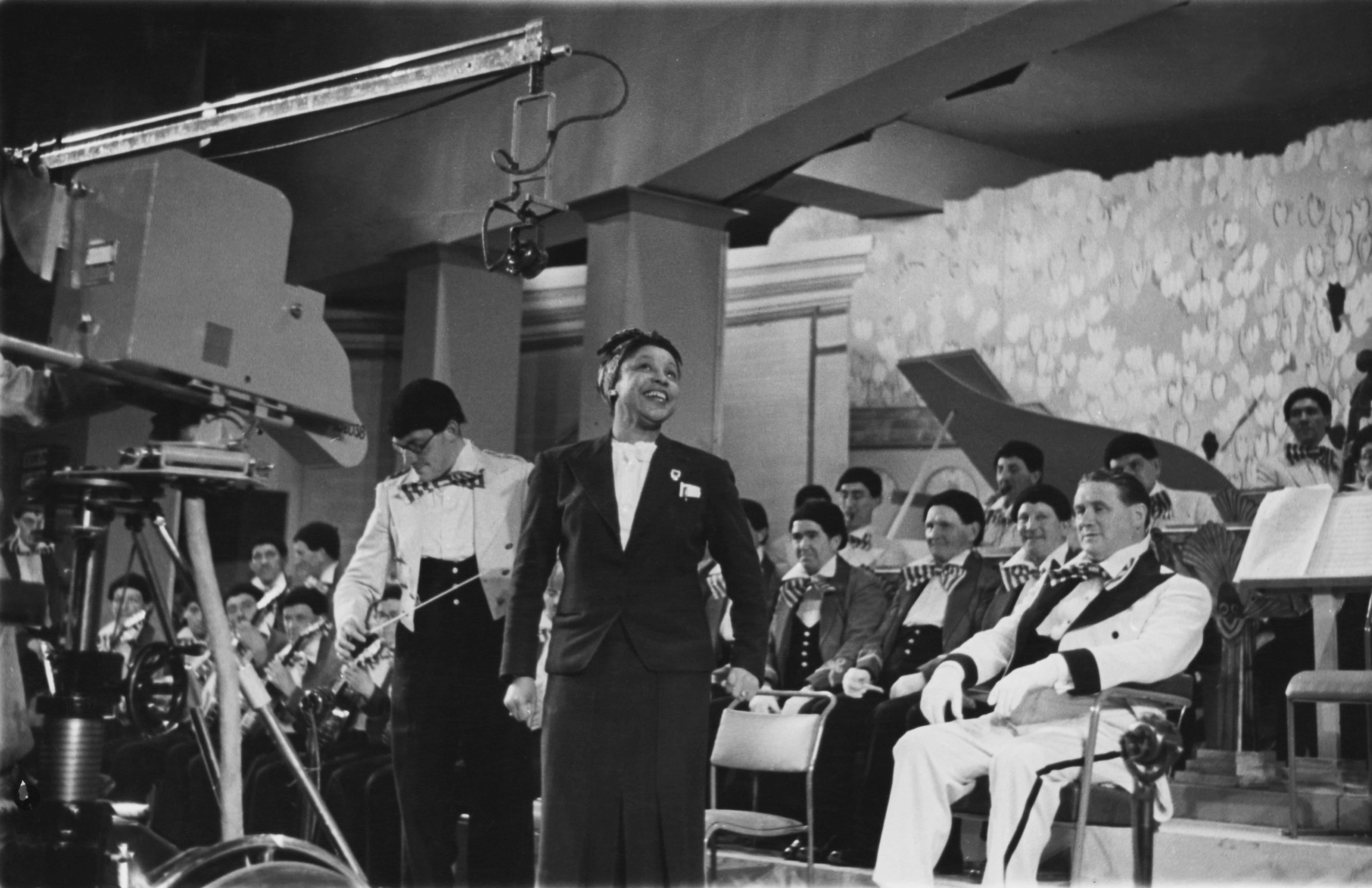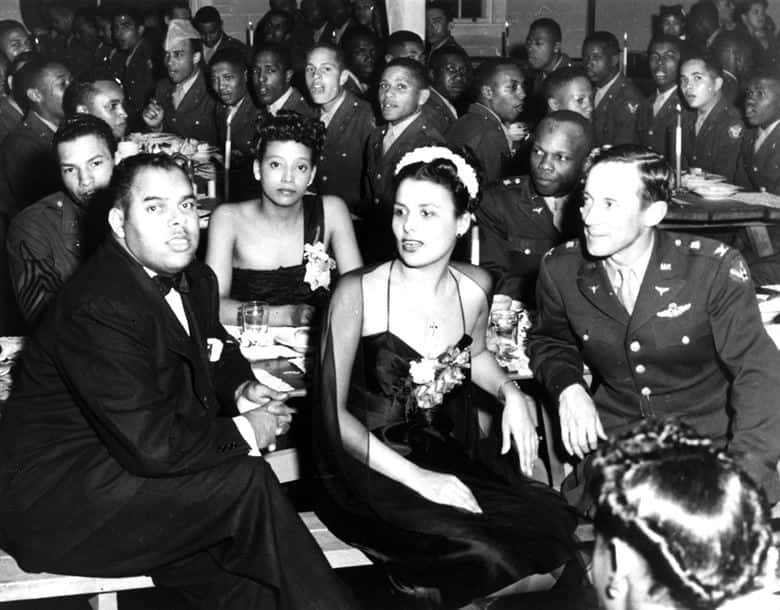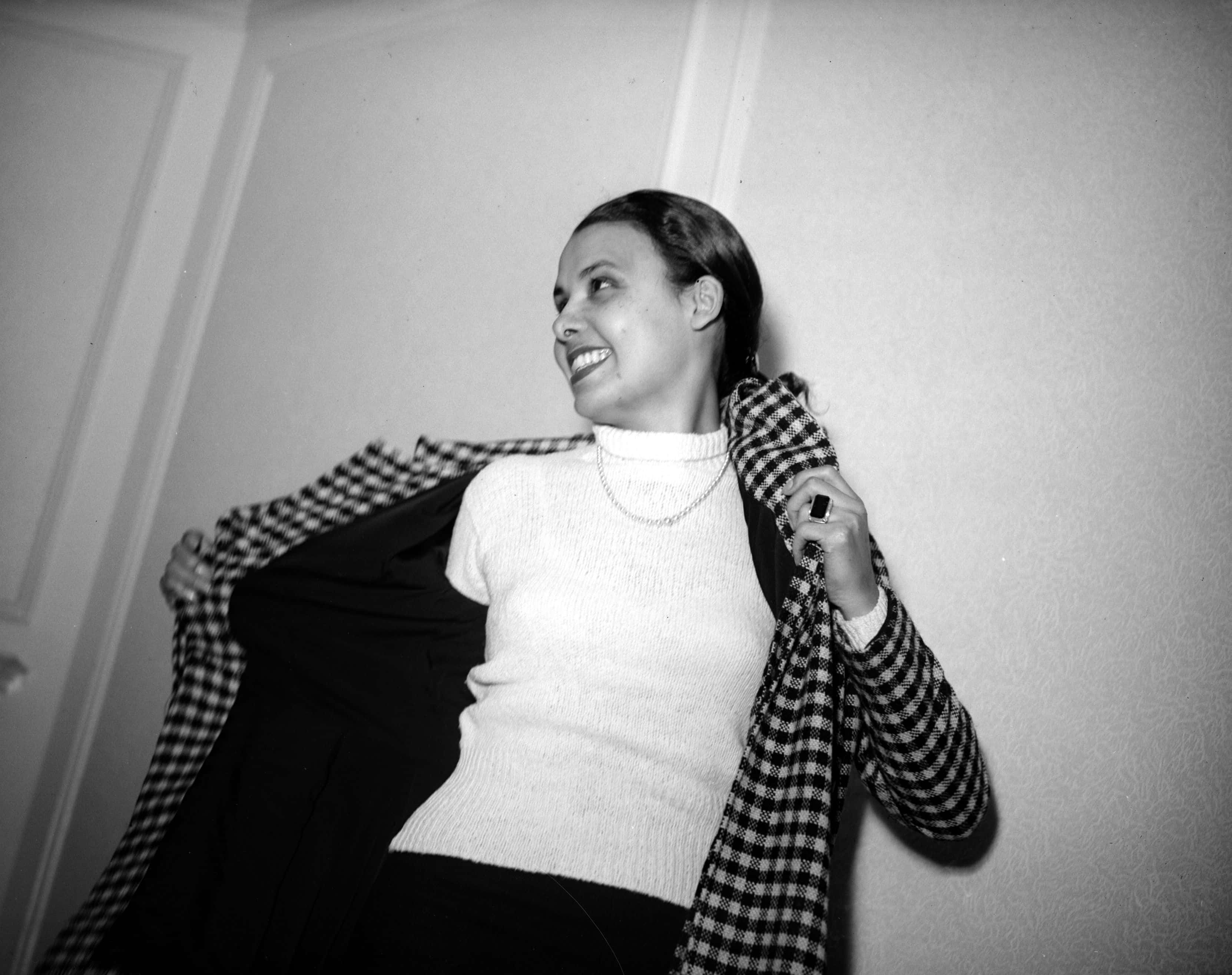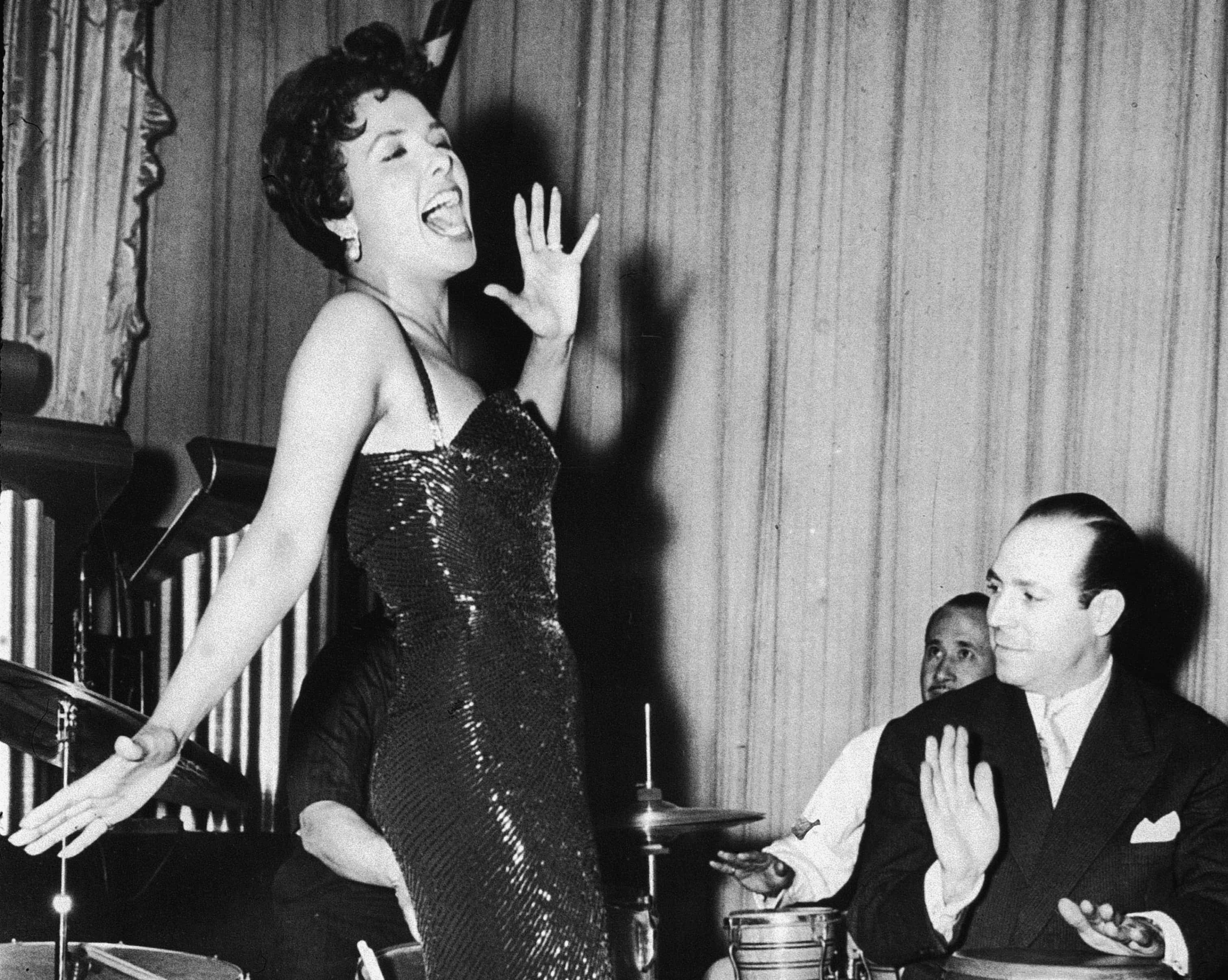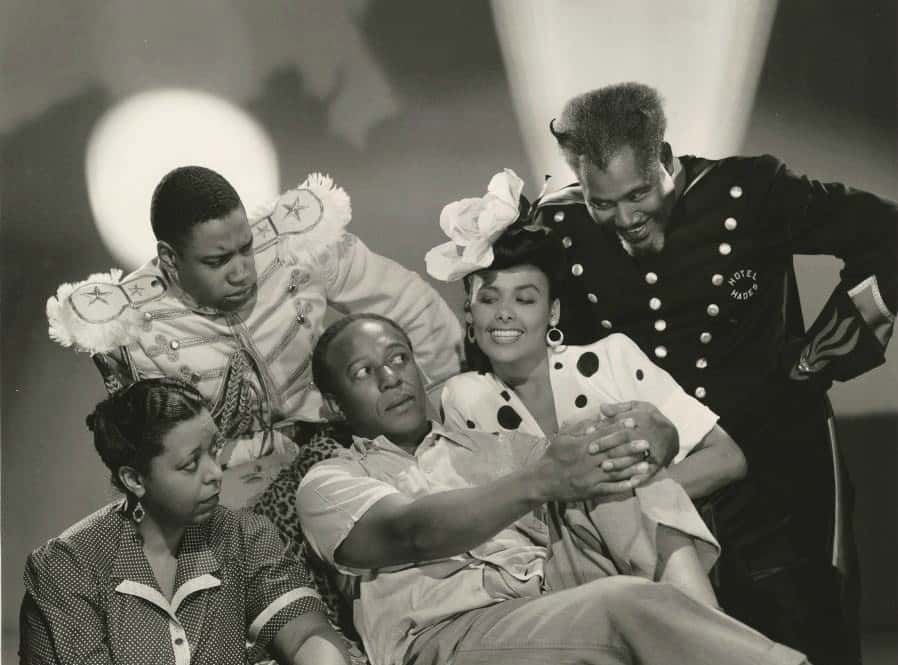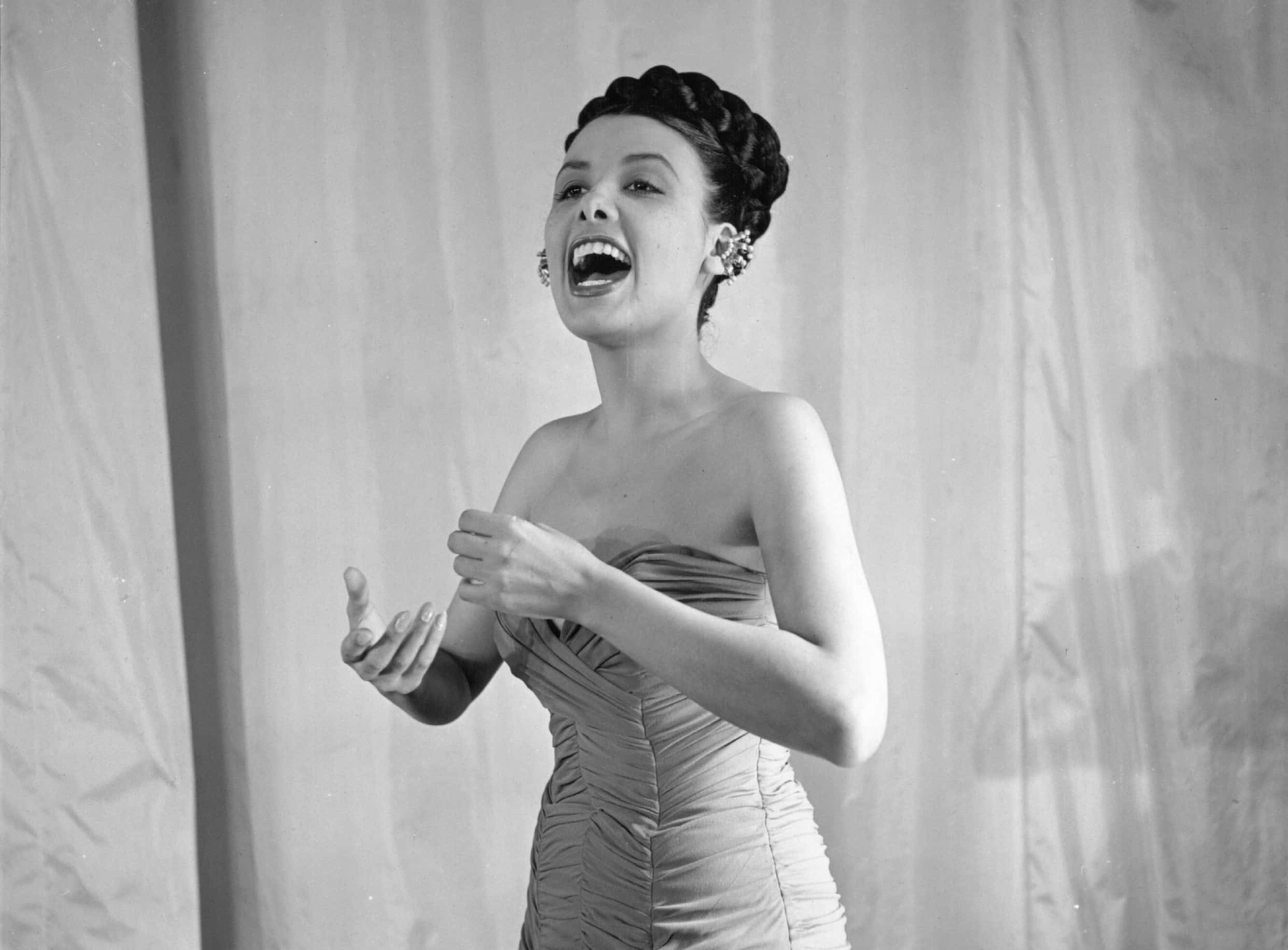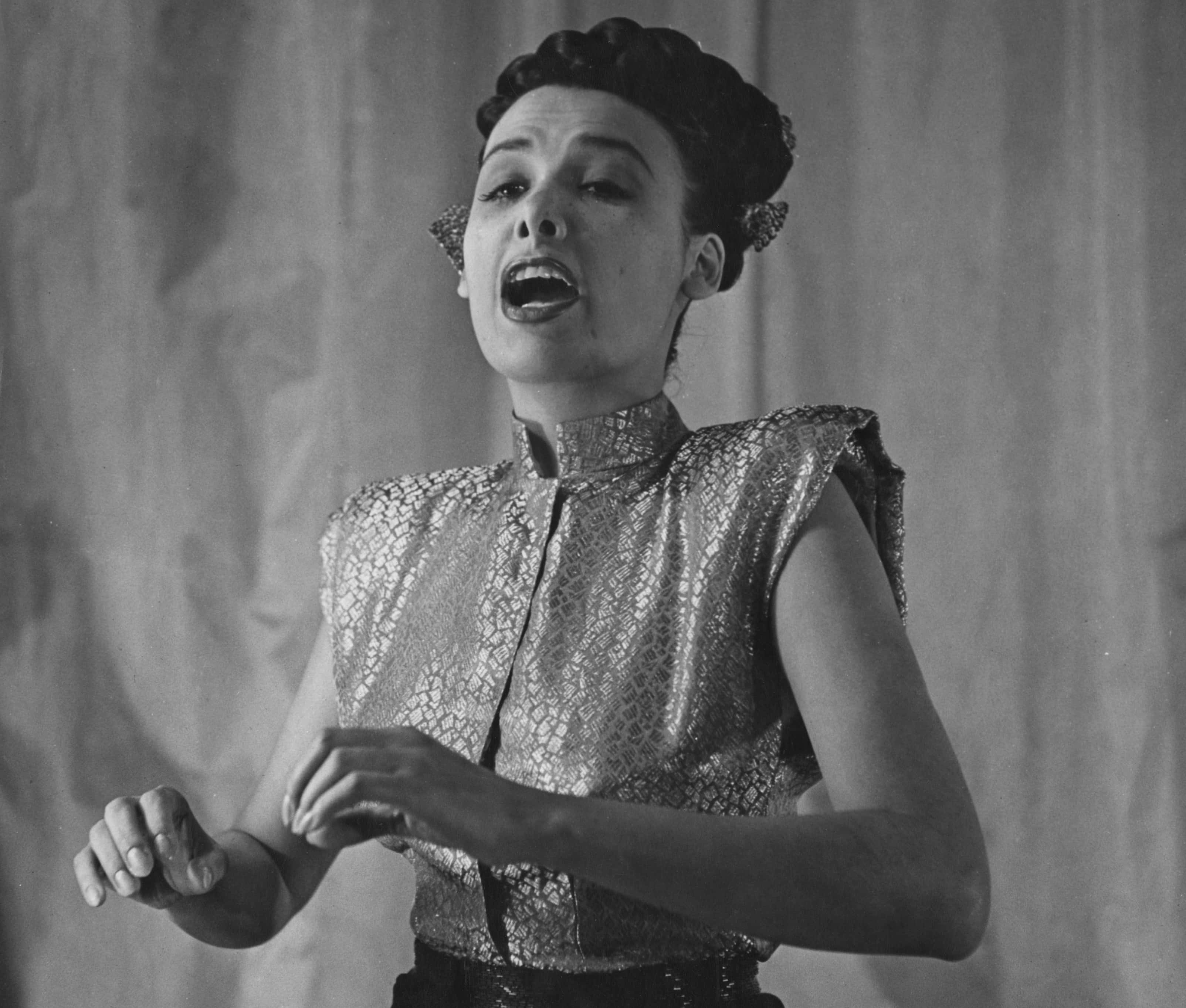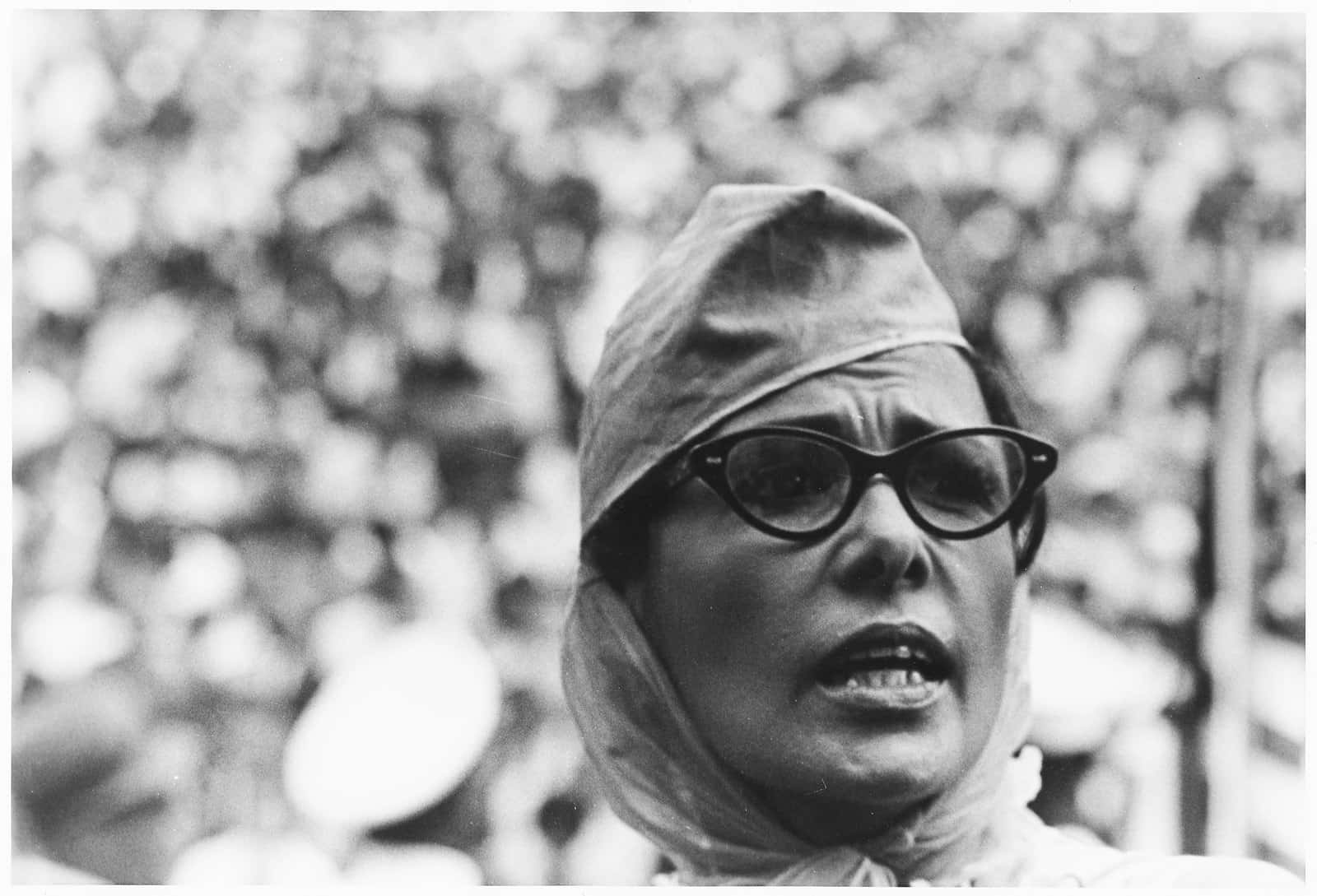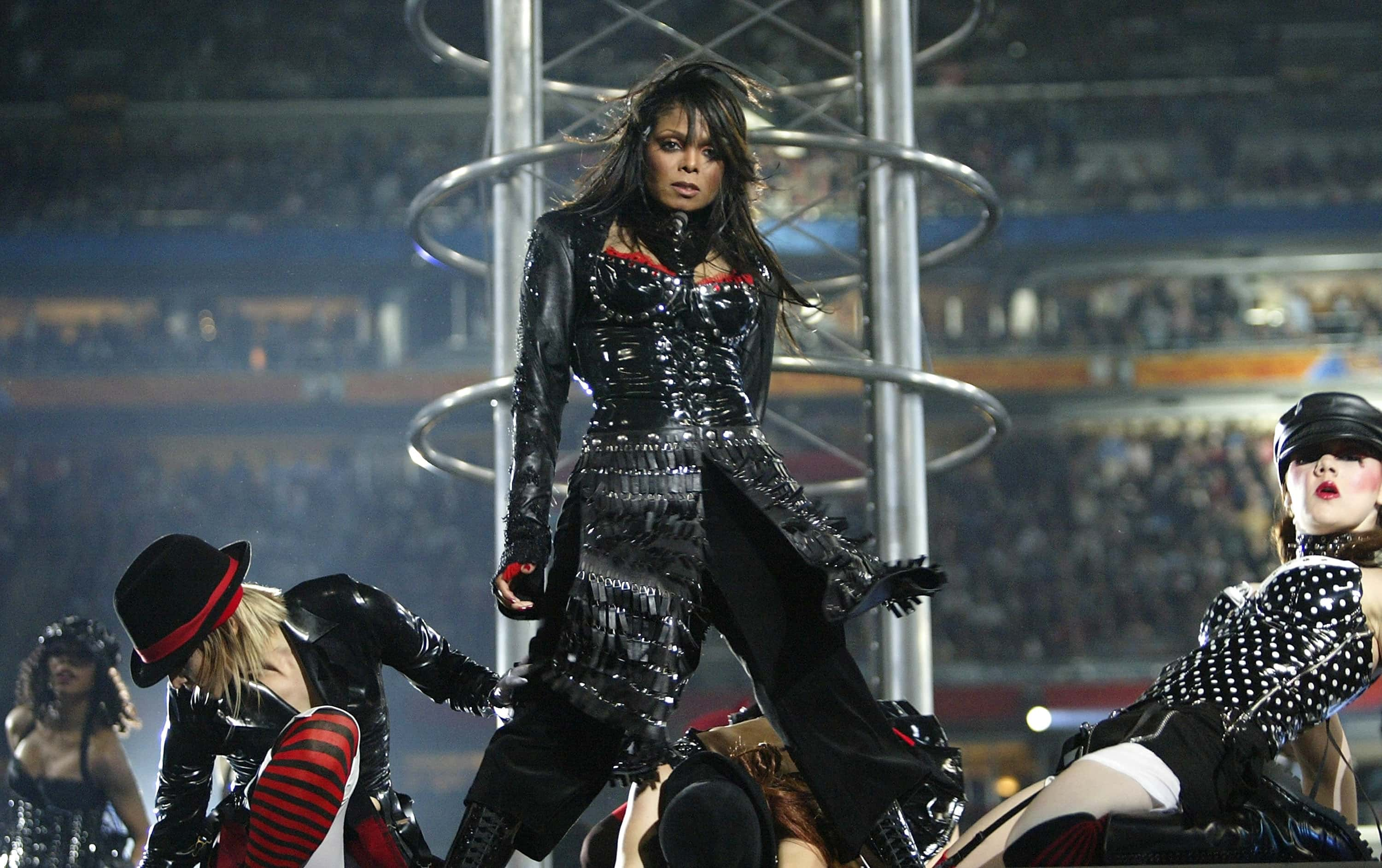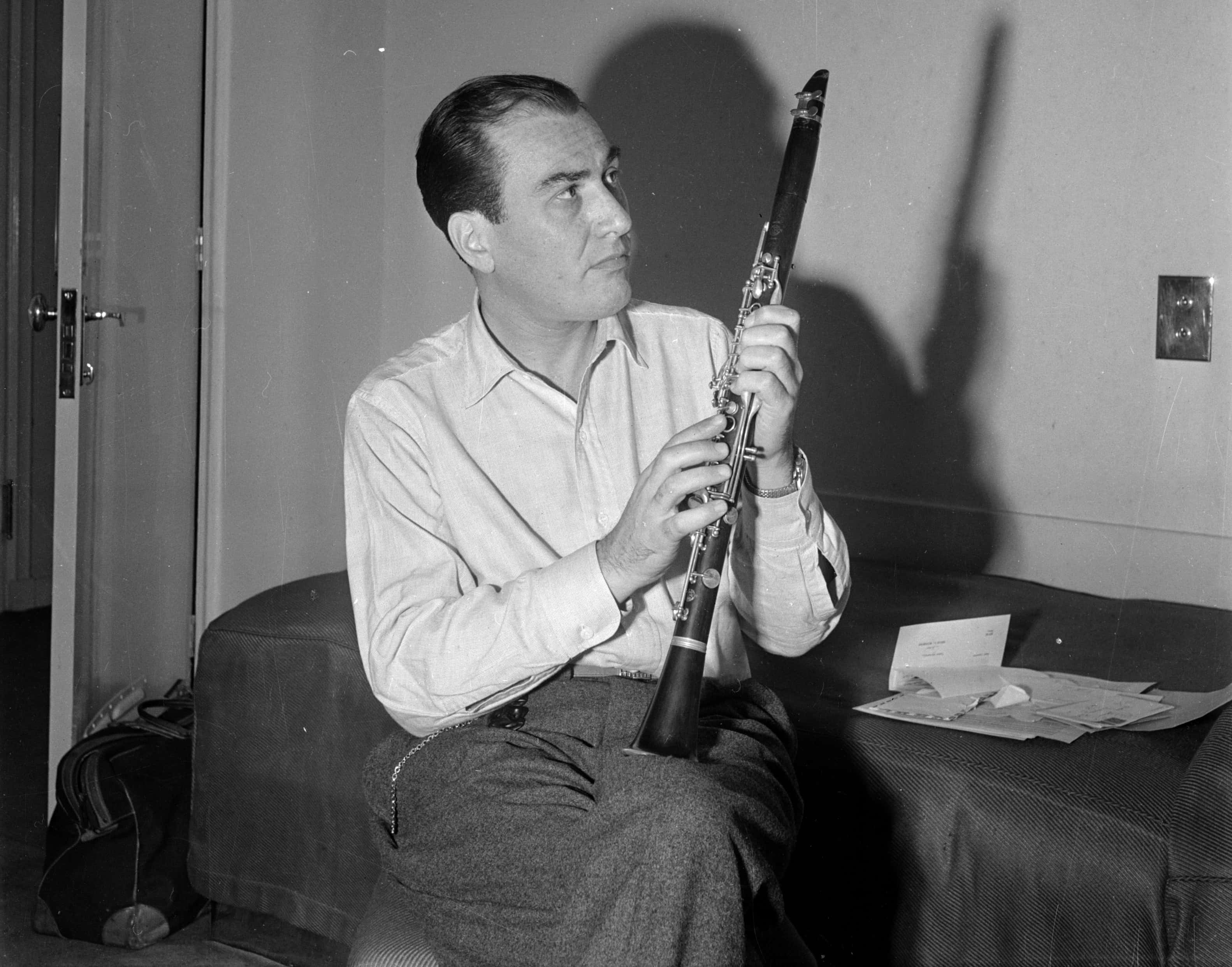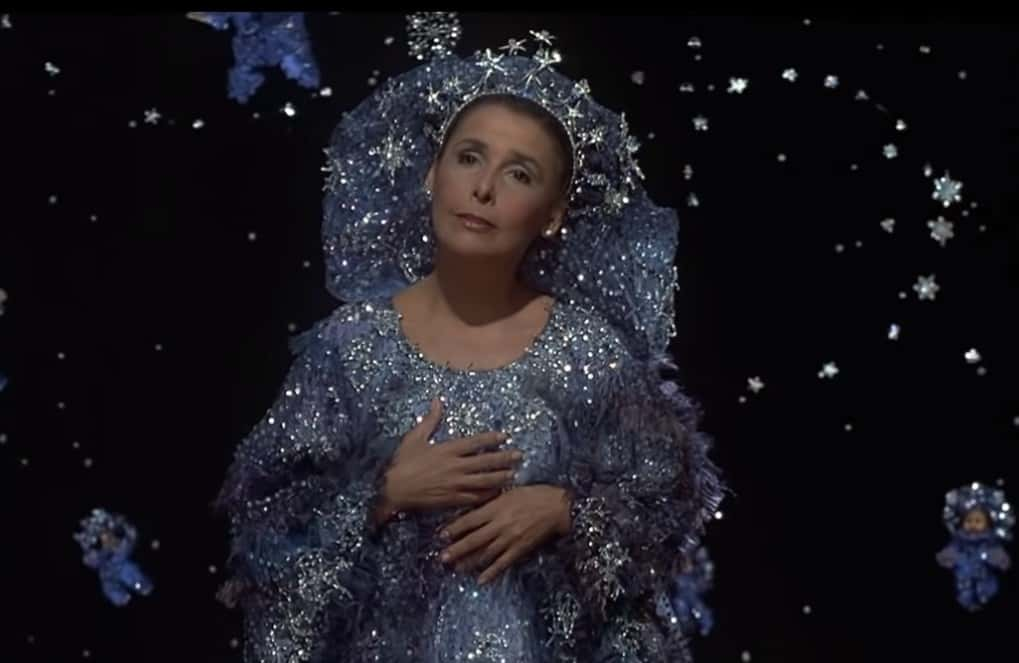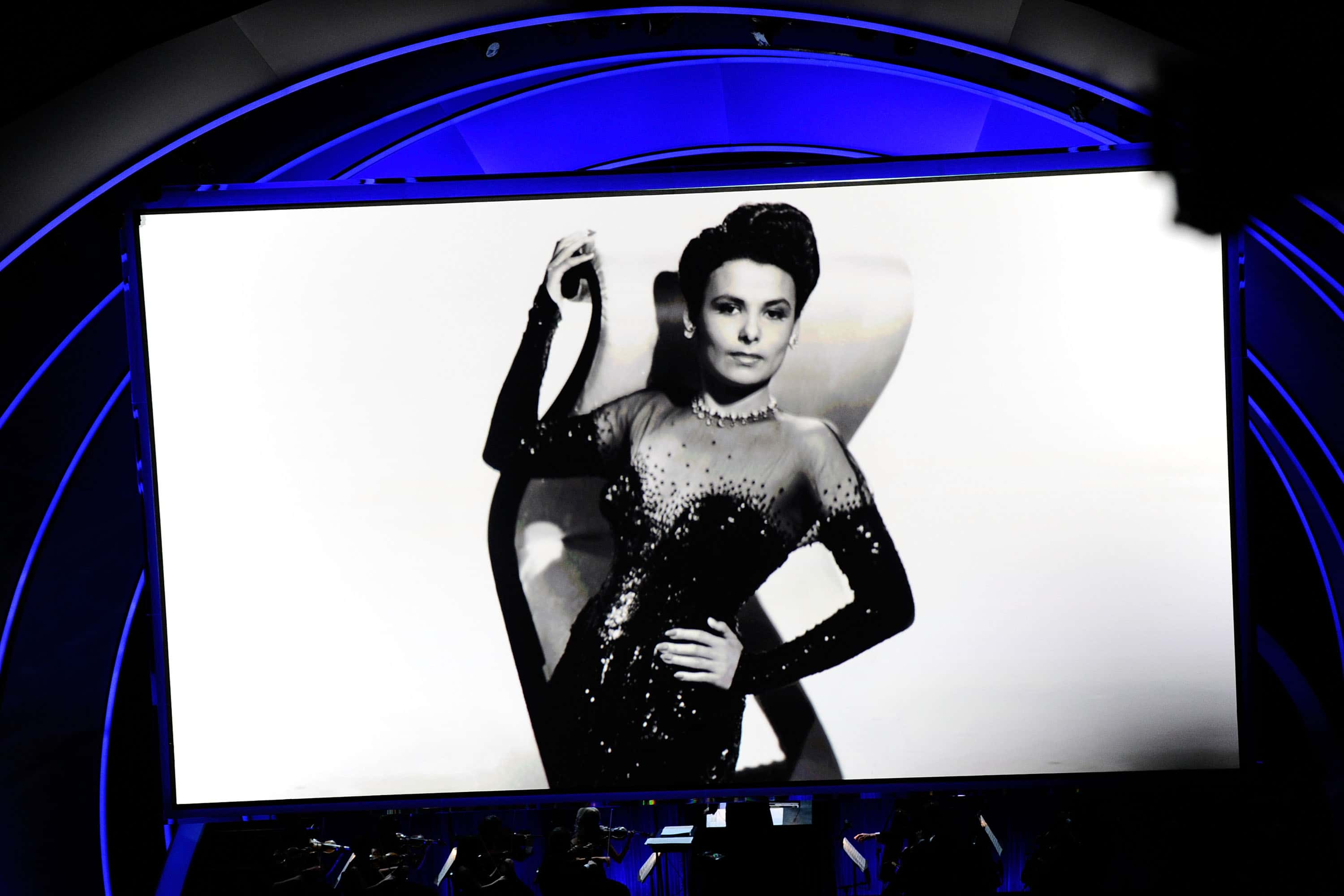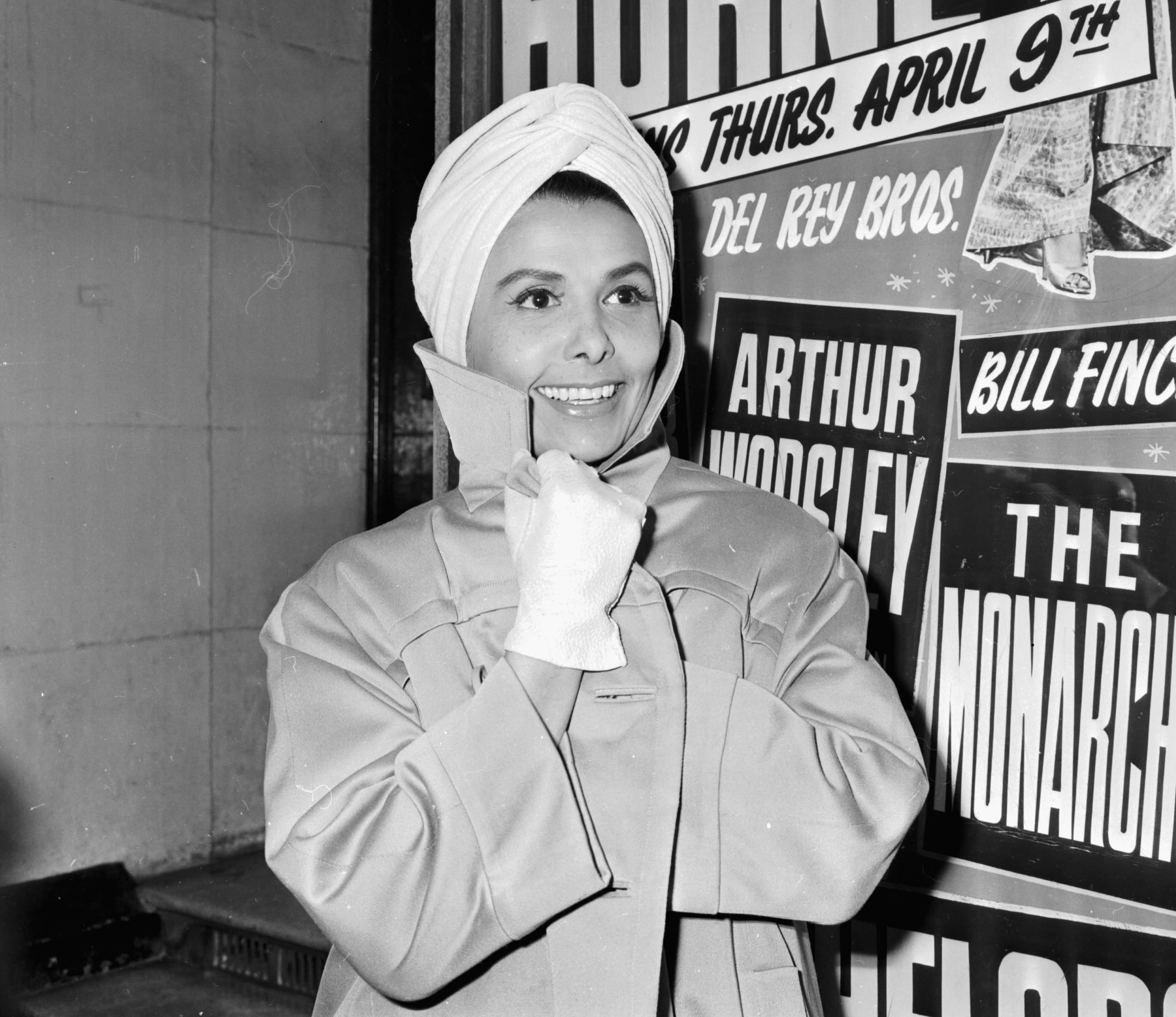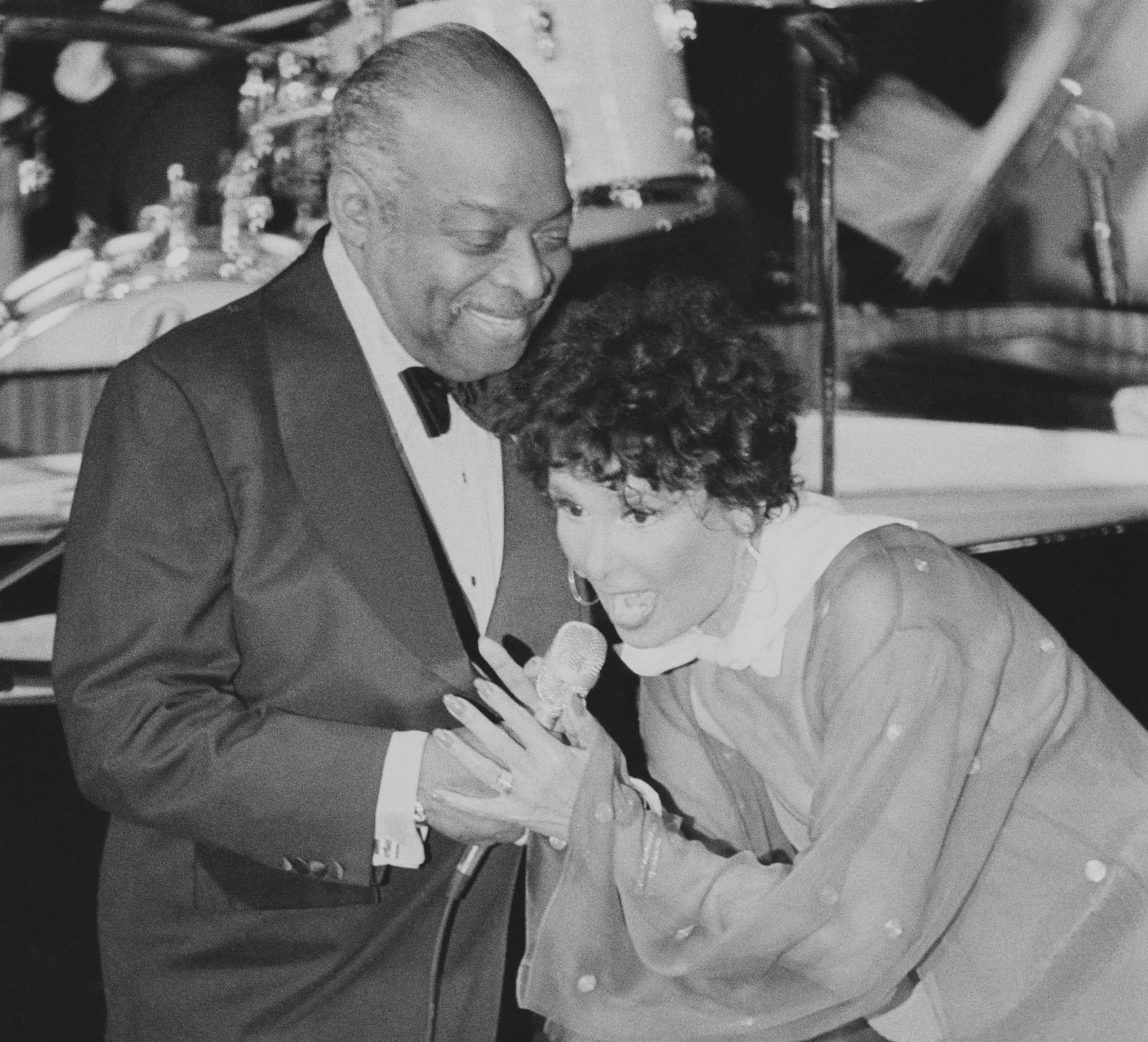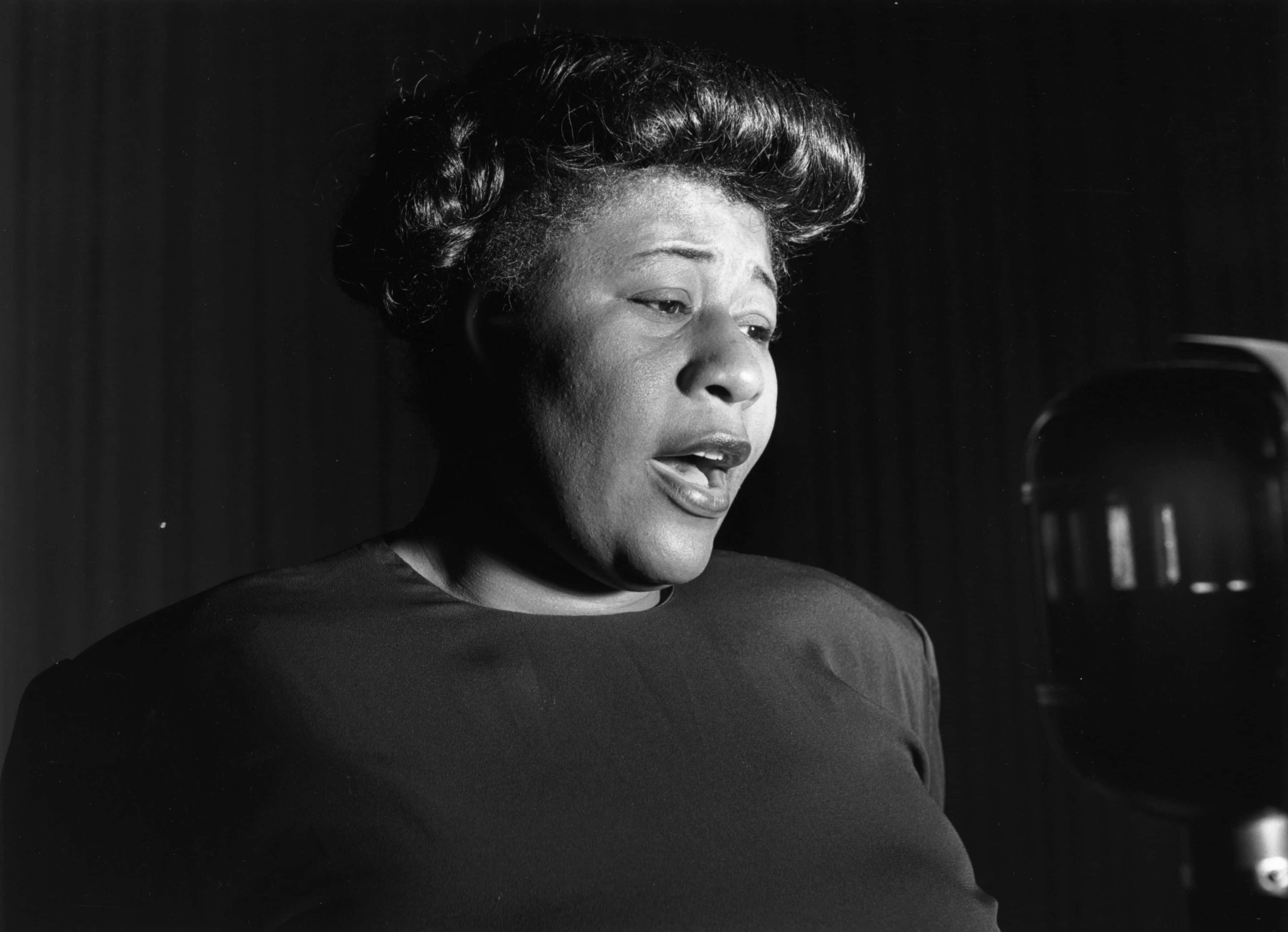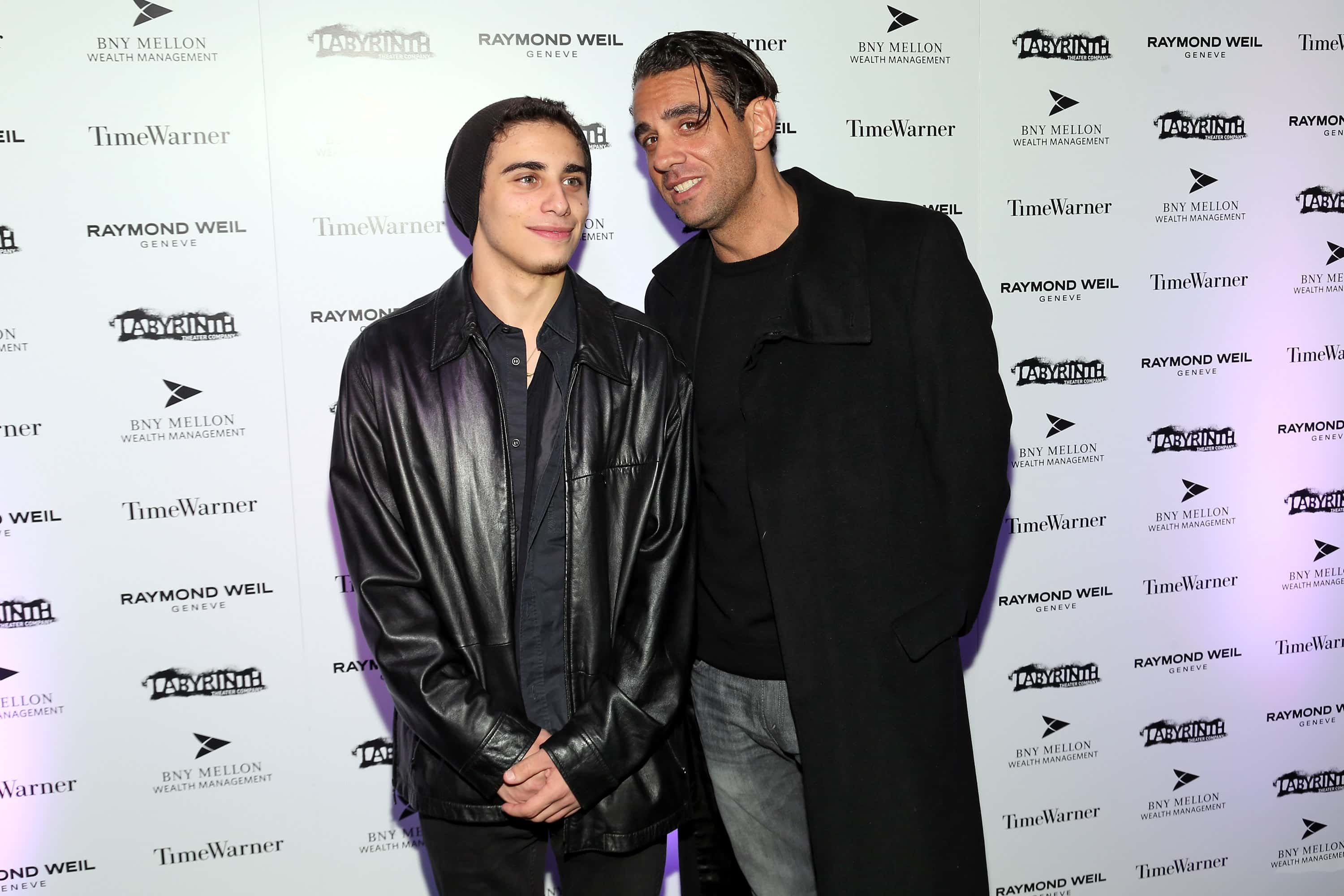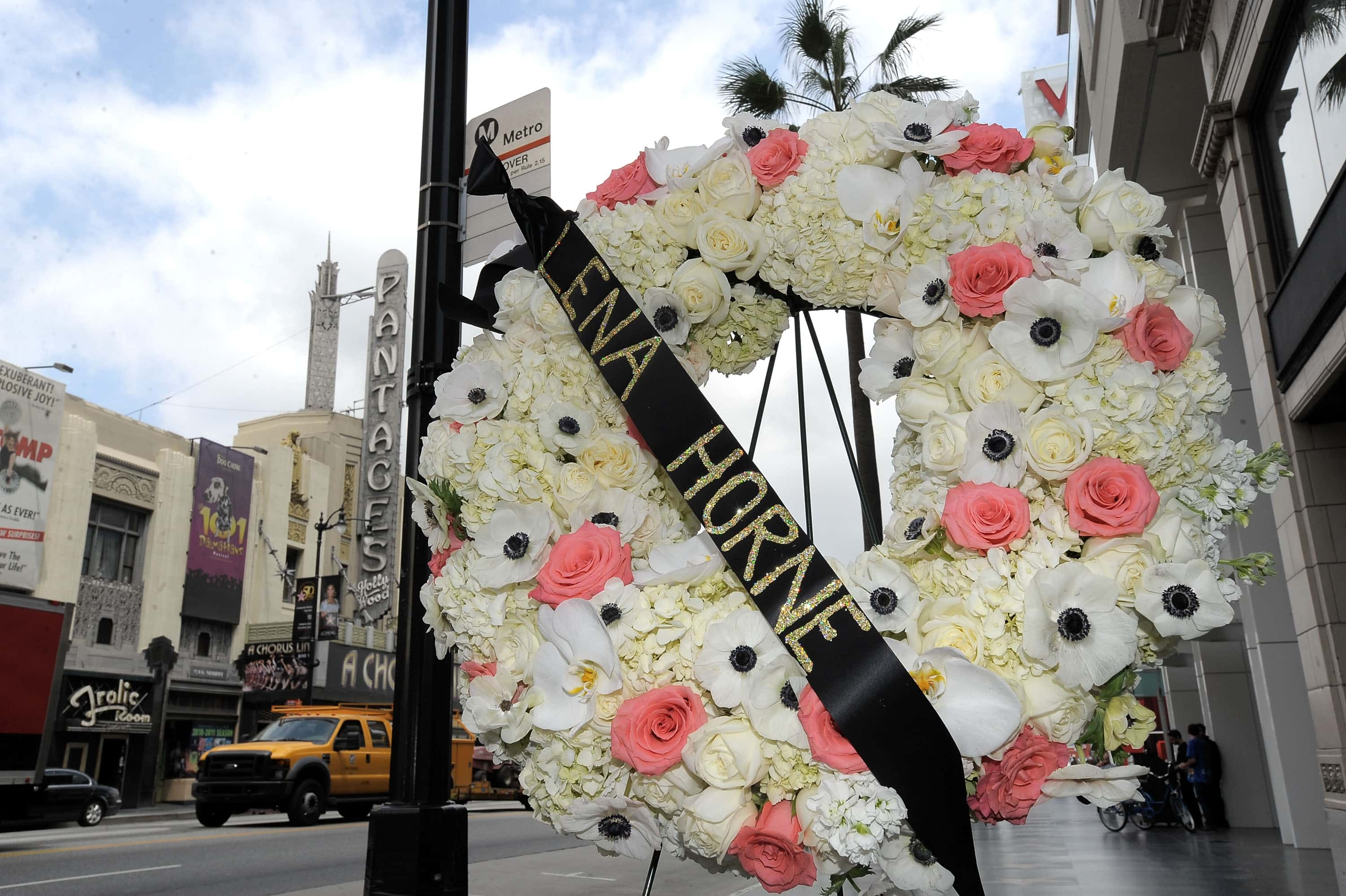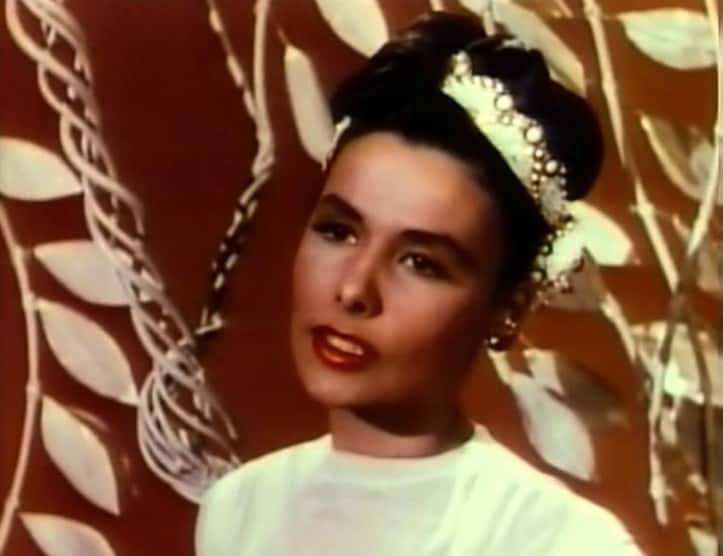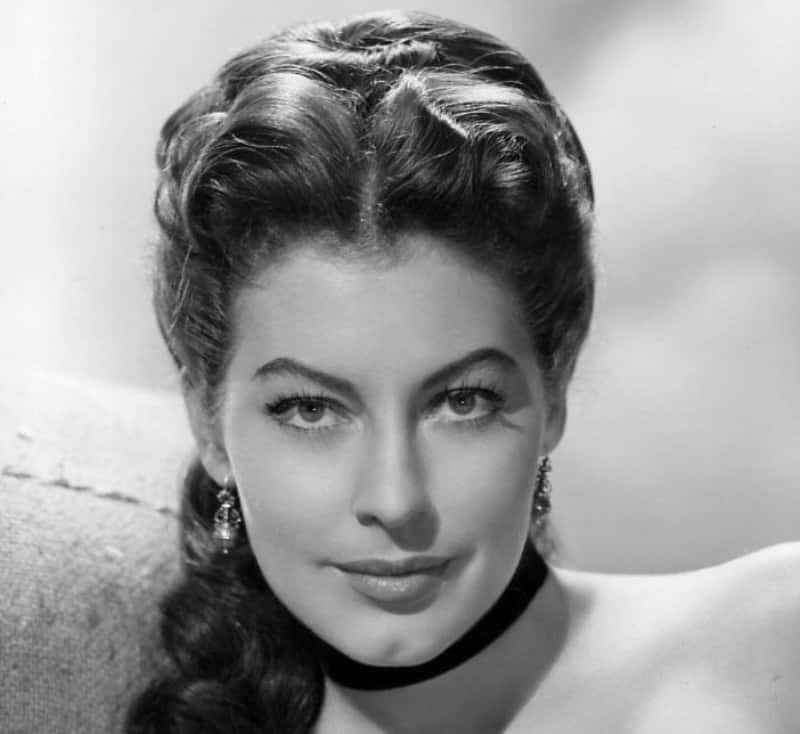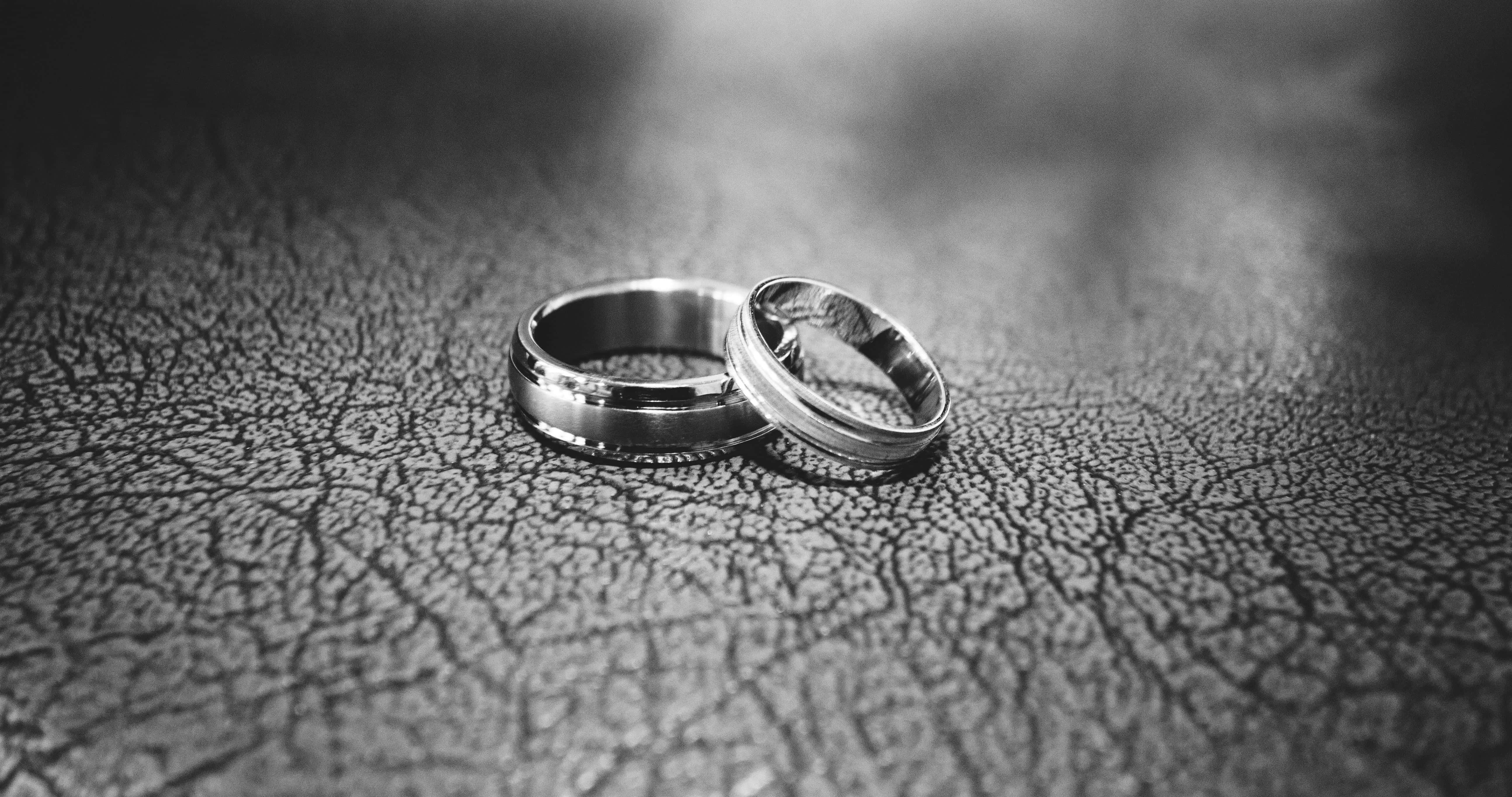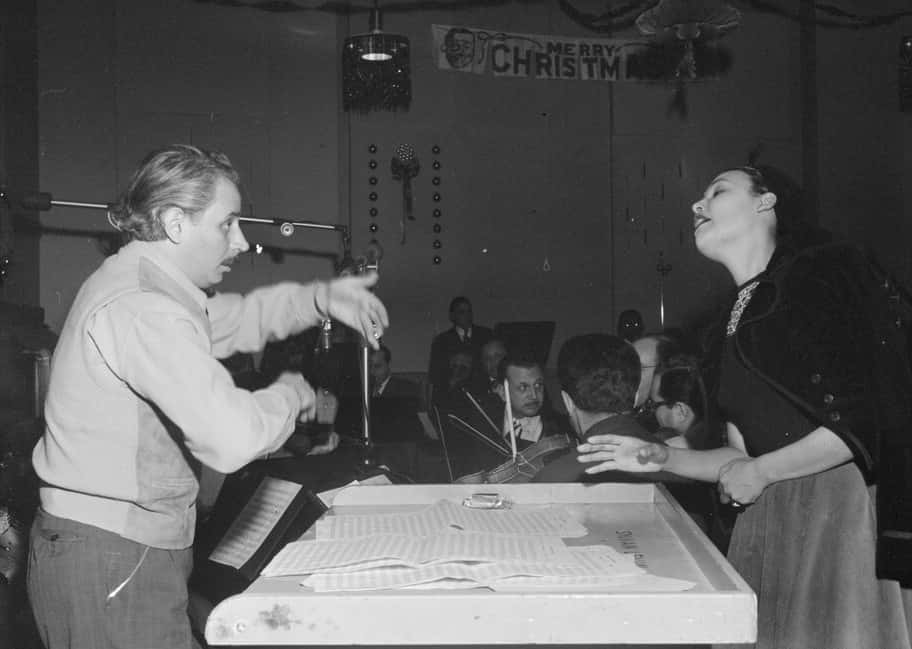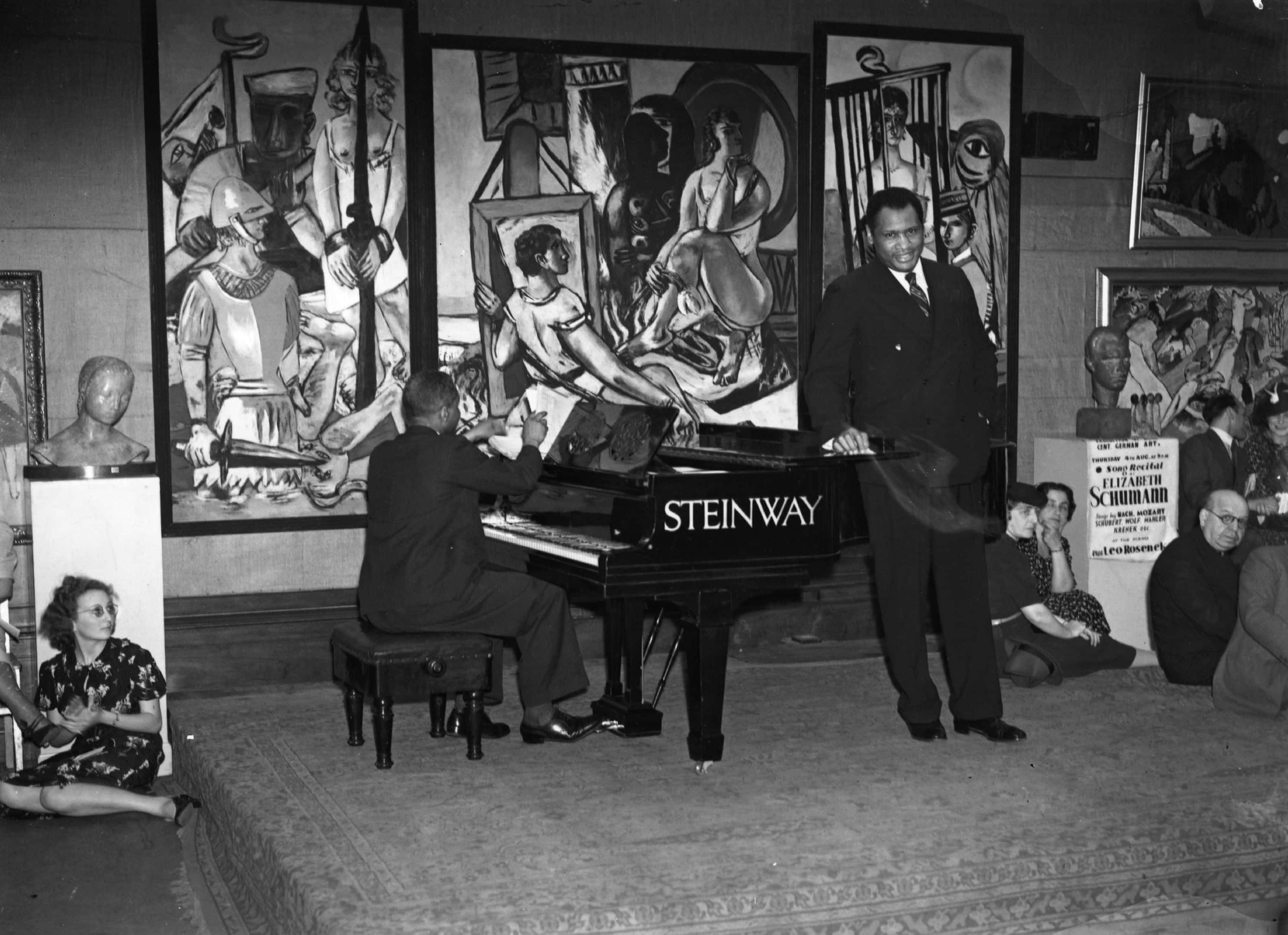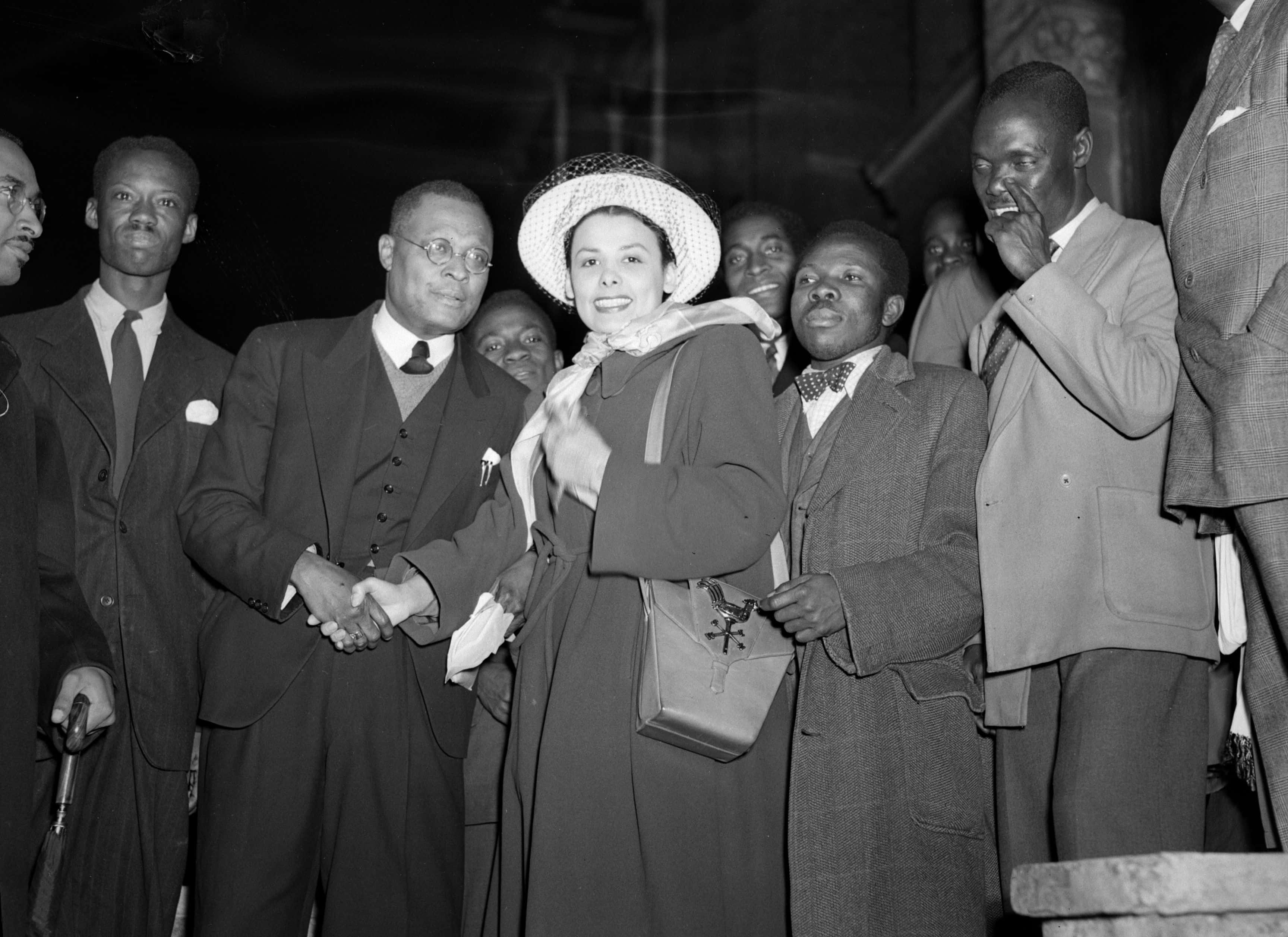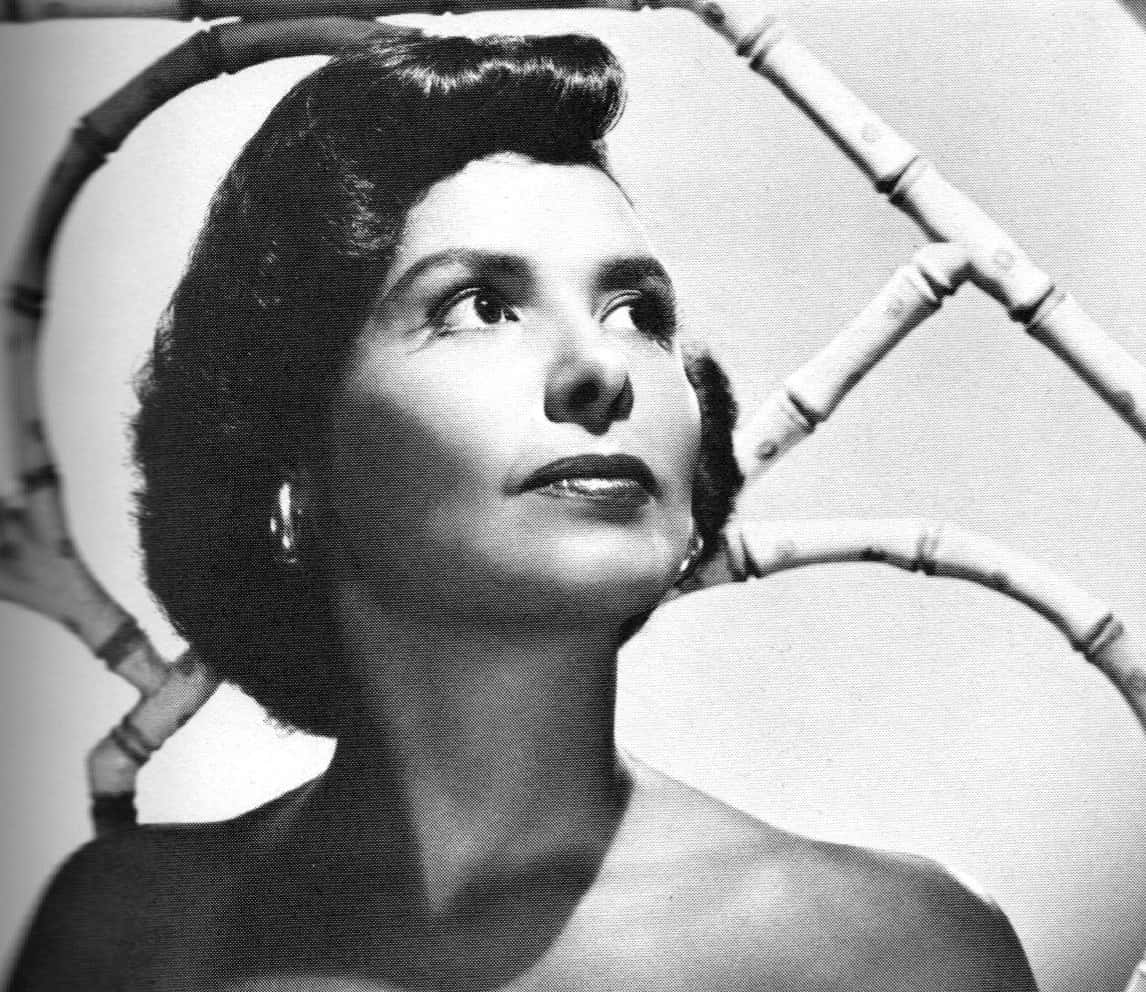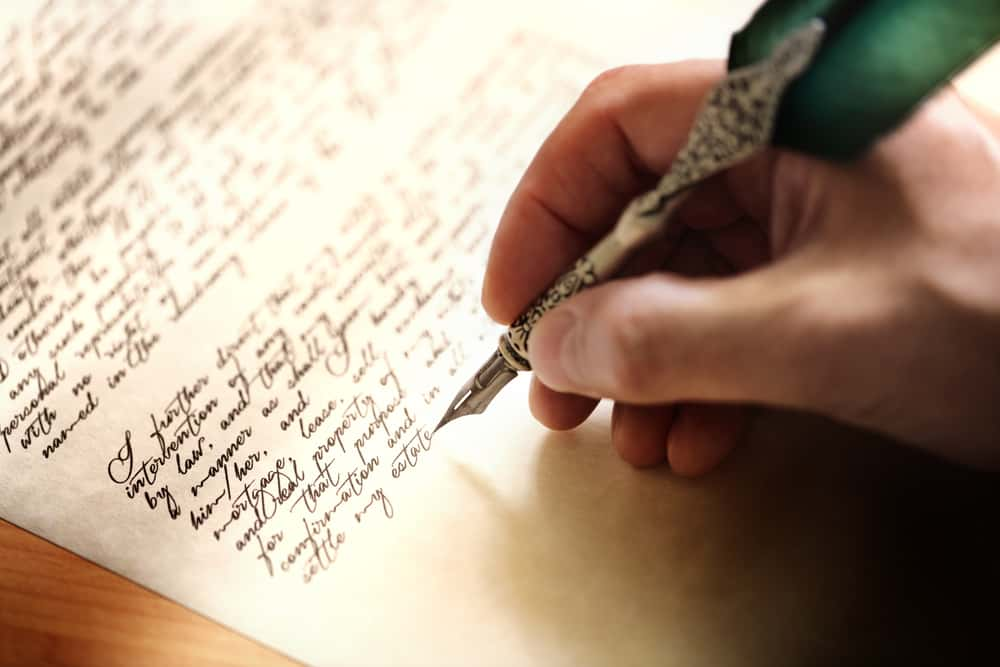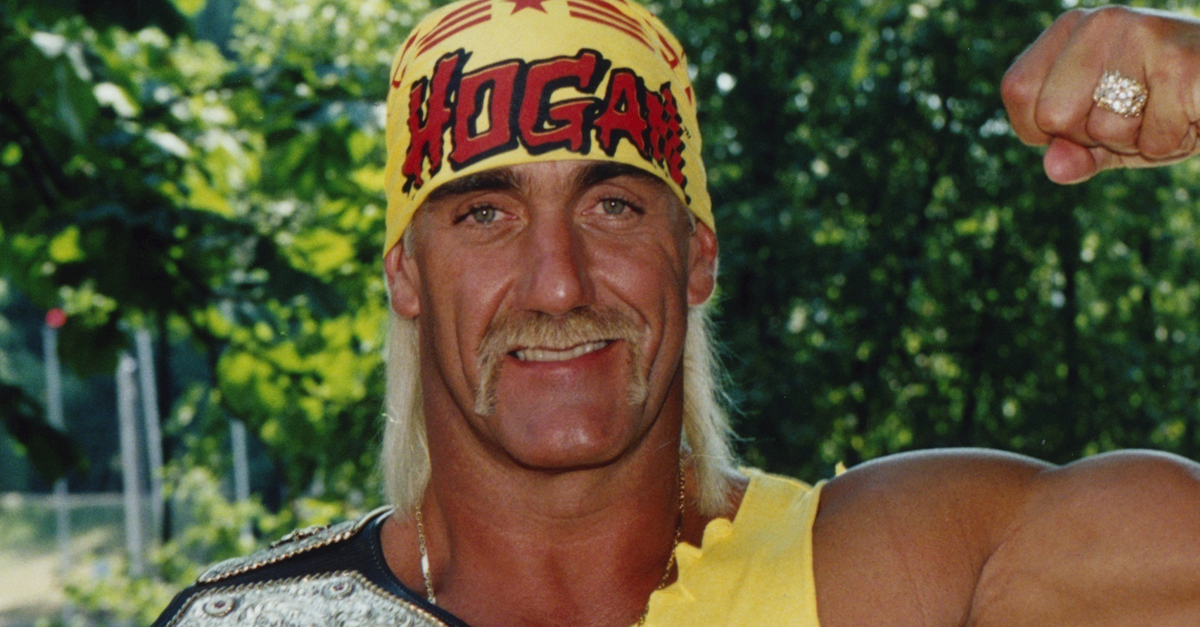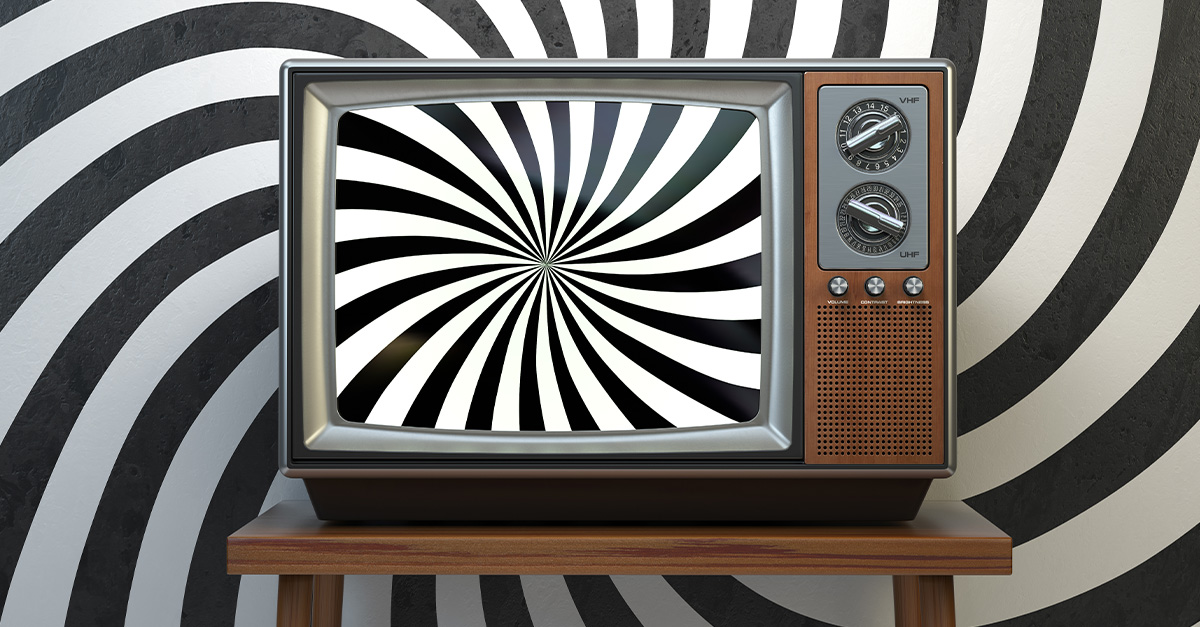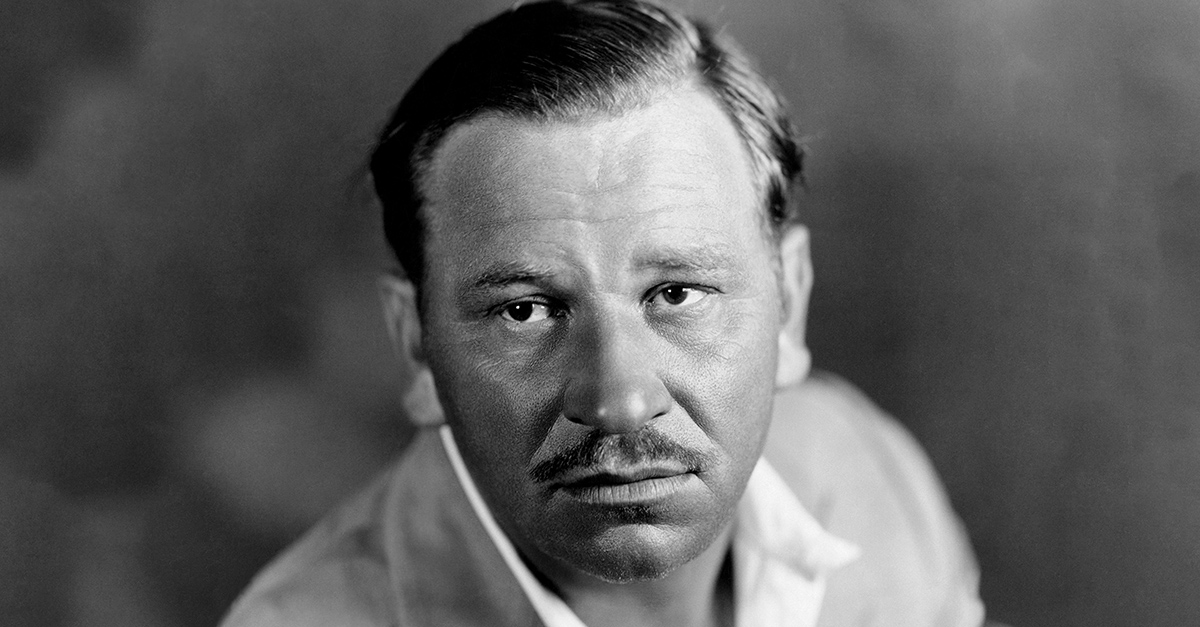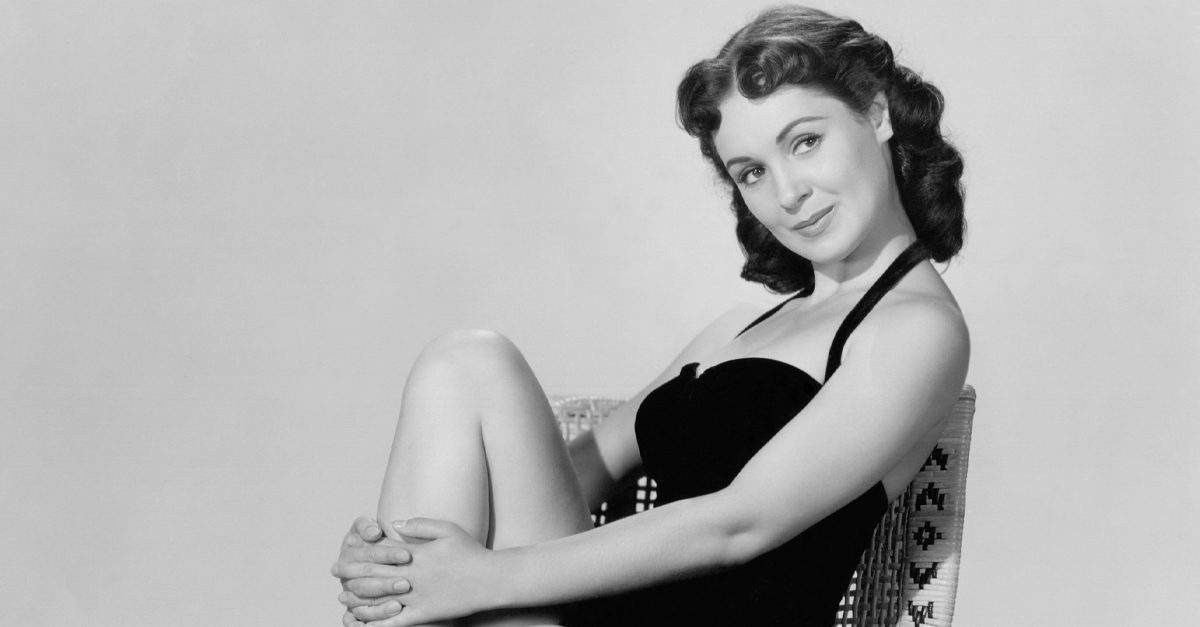Lena Horne, Hollywood's Velvet Voice
Singer, actress, dancer—American entertainer Lena Horne was a true triple threat. The immensely talented Horne had a career that spanned over seven decades, and she worked through prejudices to become one of the most popular stars of her day. Here are sultry facts about the great Lena Horne.

1. Origins of an Icon
Lena Mary Calhoun Horne was born on June 30, 1917 in the Bedford-Stuyvesant neighborhood of Brooklyn, New York to Teddy Horne Jr. and Edna Louise Scottron.
2. The First Family
Horne's father Teddy was mixed-race, and her family tree was a mix of black, Native American, and European descent. They also had a pretty hallowed history. As Horne once put it, “I came from one of the First Families of Brooklyn". The born-and-bred New Yorker was also a descendant of John C. Calhoun, the seventh vice-president of the United States.
3. Little Lena
Her childhood was far from perfect. Teddy Horne was a shameless gambler who frequently squandered their money and then abandoned his wife and little daughter when the girl was only three years old. As Horne's mother was an actress in a traveling black theatre troupe, she simply couldn't take care of Lena on her own.
Instead, Horne was mostly raised by her maternal grandparents.
4. A Nomadic Childhood
Horne moved a lot as a child. At the age of five, she was sent to live in Georgia. For a while, she resided with her uncle, who was the dean of students at a college in Fort Valley, Georgia. But the stage kept calling, and Horne also spent time with her mother and the theatre troupe, travelling around with her and getting her first taste of the spotlight.
5. Back to Their Roots
Eventually the Big Apple was too much of a draw for both little Lena and her mother. After living in Atlanta, Georgia for a while, the pair moved back to Horne's birthplace in New York, hoping to finally set down roots in one of the show business capitals of the world. For a time, it worked: they stayed there for six years.
6. Naughty Girl
While in New York, Horne went to a public, all-girls school and took a shot at completing her education. Sadly, her nomadic childhood and her restless spirit made that almost impossible for the young girl. She much preferred the stage to the schoolroom, and she dropped out of high school without earning her diploma.
7. In the Limelight
As it turned out, Horne didn't need a diploma to make it where she was going; she only needed her velvet voice. Horne’s first brush with the entertainment world came at the age of 16, when she joined the chorus line of the Cotton Club—a legendary Harlem venue known for staging well-known jazz acts like Duke Ellington.
8. Kindred Spirits
At 18 years old, now of-age and ready to take on the world, Horne moved to Pittsburgh, where her father was living. It was here that the svelte, beautiful Horne started practicing and honing her craft. She got in touch with African-American jazz greats like Billy Eckstine and Billy Strayhorne, who were impressed with the girl's talents.
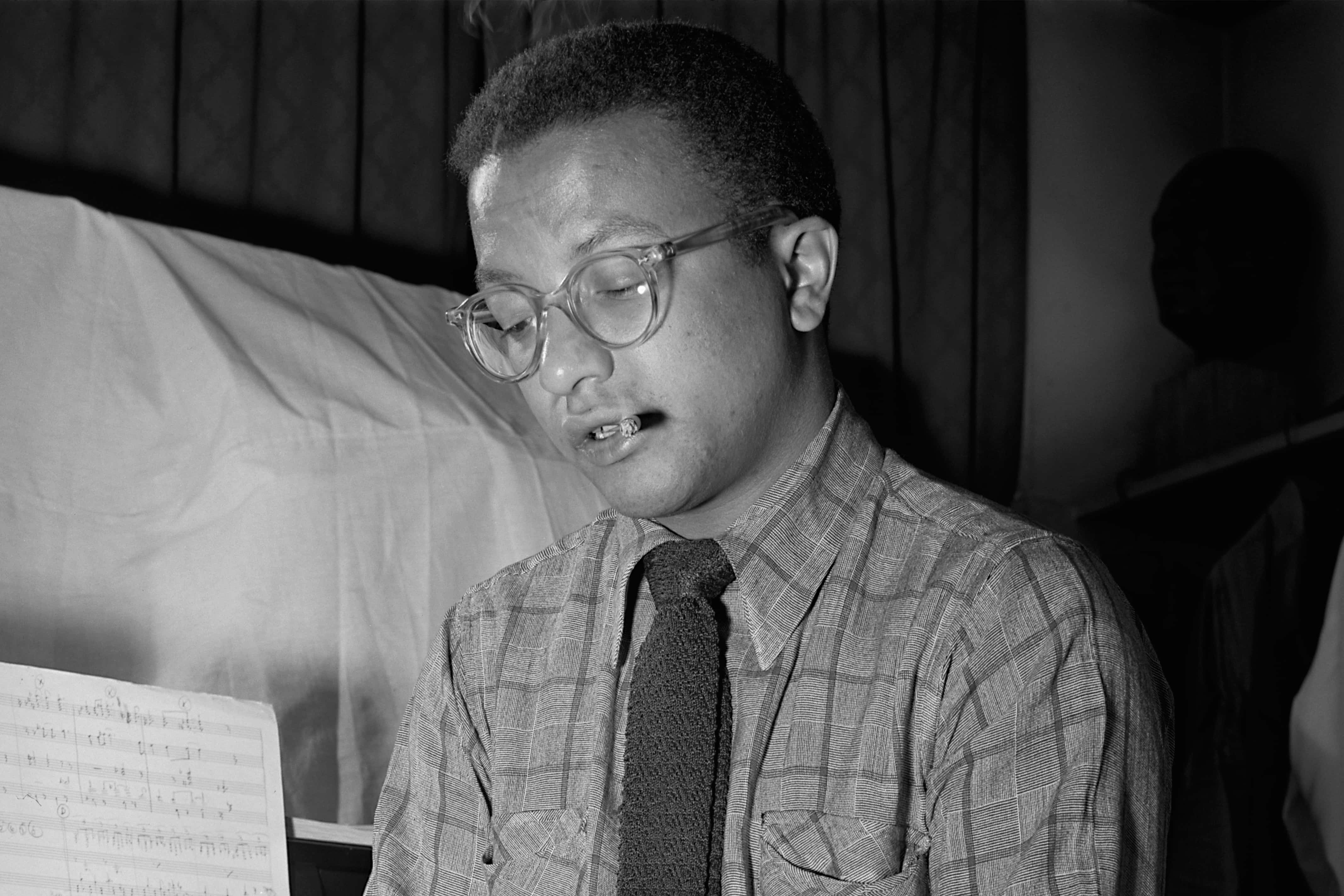 Wikimedia Commons Billy Strayhorn
Wikimedia Commons Billy Strayhorn
9. True Love
Horne and Billy Strayhorn got along famously. Lena Horne even once confessed that if Strayhorn weren't gay, she would have married him at the drop of a hat. Even so, the two artistic souls had a long and beautiful friendship.
10. Little Girl Lost
From a young age, Lena Horne never felt like she fit in. As her star rose, she not only was denied roles because she was Black, she was also accused of "passing" as white by her fellow African American entertainers. It seemed like she could never win, and Horne struggled to find her place while chasing her dreams.
11. Mentor Me
From there, the sky was the limit for Lena Horne, and more and more venues not only began to notice her, they begged her to be in their shows. Horne quickly became a featured performer in the Cotton Club Parade, and went on to become the protégé of famed vocalist Adelaide Hall, who was no less than the star of the show.
12. Rebel, Rebel
During World War II, Horne worked with the USO to entertain Americans stationed in Europe. Horne was disheartened to discover that even there, audiences were racially segregated. So she hatched a rebellious, ingenious plan. First, she absolutely refused to perform in front of white-only audiences—but it got even better.
When she did agree to perform in front of a mixed audience of black servicemen and white German POWs, she was dismayed that the African-American troops were still seated in the back. Never one to back down from a challenge, Horne decided to perform directly in front of the Black troops, with her back toward the German prisoners.
13. Silver Screen Debut
After years in the nightclub business, Horne was growing a little tired of the touring and the late nights, so she set her sights on the silver screen. Her film debut was the low-budget musical The Duke is Tops. Though it was a humble beginning, it was still a beginning—and Horne started to attract the attention of studio heads.
14. Big Break
When Horne signed a multi-year film contract with MGM, she was one of the first black actors to sign a long-term deal with a major Hollywood studio.
15. Going to Tinseltown
With her lofty ambitions leaning toward Hollywood, it wasn't long before Horne moved to Los Angeles to focus her energy on film making. While there, however, she still did nightclub work on the Sunset Strip, and continued to grow her name and her brand in different ways. There was just no stopping Ms. Lena Horne.
16. Rising Star
For a time, it seemed like Lena Horne was going to break every Hollywood barrier that existed. She started with small roles in musicals, but moved onto to bigger ones as the studio grew more satisfied with her performances. In 1943, she even performed the titular song from the musical Stormy Weather, which was based on the life of her mentor Adelaide Hall.
17. Hitting a Wall
Tragically, Lena Horne never reached her full potential. At the time, racist attitudes meant that in many American cities, some theatres would refuse pointblank to show Black actors on screen. Because of this, Horne never got to play the lead role in these films, and—perhaps even worse—her appearances were mostly limited to standalone musical numbers that could be easily edited out.
As she once lamented, “No one bothered to put me in a movie where I talked to anybody...I began to feel depressed about it, wasted emotionally".
18. Sticking to Her Guns
To make matters worse, Horne valiantly refused to take on the stereotypical maid and raunchy roles that many other Black actresses had to content themselves with to make ends meet. Instead, she only held out for roles that expanded Black identity and sexuality beyond servitude and seduction, but the pickings were brutally slim.
19. Shining Bright
Despite her difficulties, Horne never gave up fighting for stardom. In 1946, she even appeared in the ensemble blockbuster Ziegfeld Follies. She was in good company: the film was a star-studded event featuring the likes of Fred Astaire and Judy Garland. The sultry Horne appeared singing the pop standard "Love".
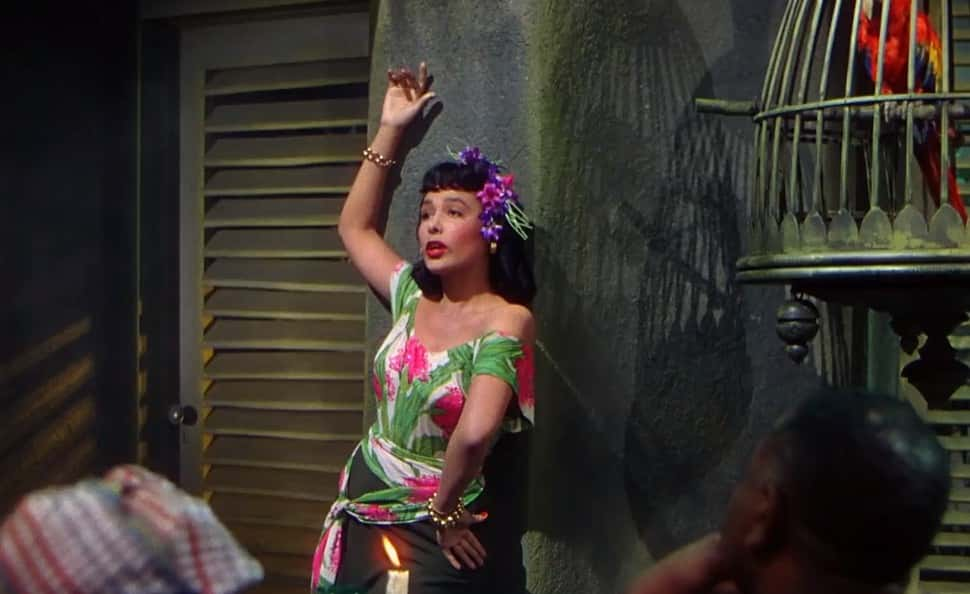 Ziegfeld Follies, Metro-Goldwyn-Mayer
Ziegfeld Follies, Metro-Goldwyn-Mayer
20. Live From New York, It’s Lena Horne
One of Horne’s 1957 performances at the Waldorf-Astoria was recorded and released as a live album entitled Lena Horne at the Waldorf-Astoria. The incredible work actually went on to become the label’s highest selling album by a female artist, and many people who remember Lena Horne today remember her for this moving performance.
21. Do You Know Who I Am?
Lena Horne was there the fateful day that Martin Luther King, Jr. gave his iconic "I Have a Dream" speech—but she was escorted off the grounds before she could hear it. Horne attended the march with the great Rosa Parks, and the two icons had to be walked off the premises because the media was becoming too distracted by their star power.
22. The Golden Touch
Throughout her illustrious career, Horne won three grammy awards.
23. Blame It on Janet
Janet Jackson’s “wardrobe malfunction” at the Super Bowl is now infamous and nearly ruined the singer's career—and Lena Horne played a big part in the pop star's downfall. Jackson was in talks to play Horne in a television biopic for ABC, but after the slip up, Horne reportedly demanded that Jackson be dropped from the film.
To date, the Lena Horne biopic has yet to be made.
24. Famous Affairs
Throughout her life, Horne was romantically linked to many famous men. She is reported to have dated musician Artie Shaw, director Orson Welles, and boxer Joe Louis.
25. A Fitting Tribute
Although her movie career never quite reached its full potential, Horne still made a lasting impact. In the first Academy Awards ceremony following her passing, Horne was the subject of a special tribute. Halle Berry—the first black woman to win the Oscar for Best Actress in a Leading Role—presented a tribute honoring the trailblazing Horne.
26. Don't Call It a Comeback
After her MGM commitments were finished, Horne would make precious few film appearances before retiring from the spotlight. One of her last films was in 1978 as the Good Witch Glinda in the cult hit The Wiz.
27. Va-Va-Voom
Horne’s very final film appearance was in That’s Entertainment! III. Fittingly, the work was a retrospective documentary on the films of classic era MGM. In the movie, Horne introduces her cut performance of “Ain’t it the Truth” from the musical Cabin in the Sky. Though Horne was often cut from films because of her race, this edit had a more scandalous history.
The song was also deemed too risqué: it depicts Horne singing while taking a bubble bath.
28. A Career Highpoint
Even in her twilight years, Horne continue to smash records. In the 1980s, a Broadway bigwig begged Horne to do her own solo revue show, and soon she was set up for a four-week engagement of Lena Horne: The Lady and Her Music. This short engagement turned into a whopping 333-performance run—a record for a solo show on Broadway.
29. Going on the Road
Following its run on the Great White Way, the Lena Horne show toured throughout the United States and Canada and had runs in Stockholm and London. In between her sparkling musical numbers, Horne also delivered monologues on her rise to fame and the many hardships she encountered due to racial prejudice. At last, she was free to speak.
30. Famous Friends
At the height of her stardom, Horne counted some very illustrious people as her neighbors. She lived in the prosperous Black enclave of St. Albans in Queens, New York, right next door to jazz legend Ella Fitzgerald.
31. Famous Relatives
By marriage, Horne is related to two famous show biz names—director Sidney Lumet and actor Bobby Cannavale.
32. Losing a Legend
Lena Horne lived to see some of the greatest upheavals of the 20th century, from the Cold War to the Civil Rights Movement. In fact, she lived until the ripe old age of 92, only passing away on May 9, 2010. Her funeral was held in her beloved New York City and was attended by Hollywood stars such as Lauren Bacall and Liza Minnelli.
33. A Dream Role Deferred
Arguably Horne's biggest letdown was her failure to win the part of Julie LaVerne in the 1951 hit film Show Boat. In the story, the LaVerne is eventually revealed to be mixed-race, just like Horne herself. While it was a perfect fit, studios were still afraid to put Horne front and center—so they cruelly rejected her.
34. Copy Cat
Then the tragedy got even worse. After rejecting Horne, MGM decided to cast the popular, beautiful, and very white actress Ava Gardner in the role instead. To add insult to injury, Gardner reportedly practiced the musical numbers in the film to recordings of Horne’s previous performances of the songs in another film. Talk about a stab in the back.
35. Family Life
Horne was unlucky in love. At the height of her stardom when she was barely out of her 20s, Horne married the handsome Louis Jordan Jones in 1937. For a brief time, it seemed like a fairy tail ending: The couple had two children, daughter Gail and son Edwin. Sadly, it was actually doomed to an utterly heartbreaking end.
The pressures of stardom became too much for the young lovers, and they separated just four years after the wedding.
36. Second Chance at Love
In the 1940s, it seemed like Horne was willing to give love another shot, and she married prestigious MGM music director Lennie Hayton in 1947 during a lavish ceremony in Paris, France. Their relationship was wracked with scandal: Hayton was a white man, and interracial marriages were still frowned upon—but they were hiding an even darker secret.
37. A Political Union
In an interview with Ebony magazine, Horne once revealed that her marriage to Hayton was mostly loveless, and that she had only married him to help improve her career prospects and to cross the Hollywood color line.
38. One Fateful Night
In 1941, Horne made a noteworthy appearance at the Café Society in New York’s Greenwich Village. The Café Society was a progressive venue that played to mixed audiences, and it was at the venue that the young Horne met fellow performer and activist Paul Robeson. Their encounter would change Lena Horne's life forever.
39. Taking Part
Robeson encouraged Horne to become active in her community and join organizations like the Council for African Affairs and the Joint Anti-Fascist Refugee Committee. Though it opened her up to a world of charity and activism she had never seen before, these affiliations would later come back to haunt her in the darkest of ways.
40. Blacklisted
At the time, these organizations were seen as communist sympathizers—and with the Cold War, Hollywood was in the infamous midst of the Red Scare. Suddenly, Horne was blacklisted for years within the entertainment industry. She was totally blindsided by the accusations, and struggled to get work even with old contacts.
As one commenter put it, “Lena was screwed. Nobody could or would defend her". If she wanted to survive, she had to do something drastic.
41. Desperate Measures
In order to save herself, Horne begged and pleaded with authorities for years and proclaimed her innocence and ignorance to anyone who would listen. None of it helped. Finally, in 1953, she tried one more Hail Mary attempt. She sat down at the desk at the hotel where she was staying, picked up its official stationery, and wrote a heartbreaking letter.
Addressing it to prominent Hollywood anti-communist Roy Brewer, she scrawled, “I have always known that America offers the greatest chance to all people, to achieve human dignity—and since this terrible experience I am more determined than ever to do what I can to impress these principles on the thinking of all people I come in contact with". She also admitted that she had trusted the wrong people, but that her heart was pure inside.
Miraculously, it worked, particularly in combination with her other efforts. Before long, she was acting again, and we have the privilege of remembering her today.

